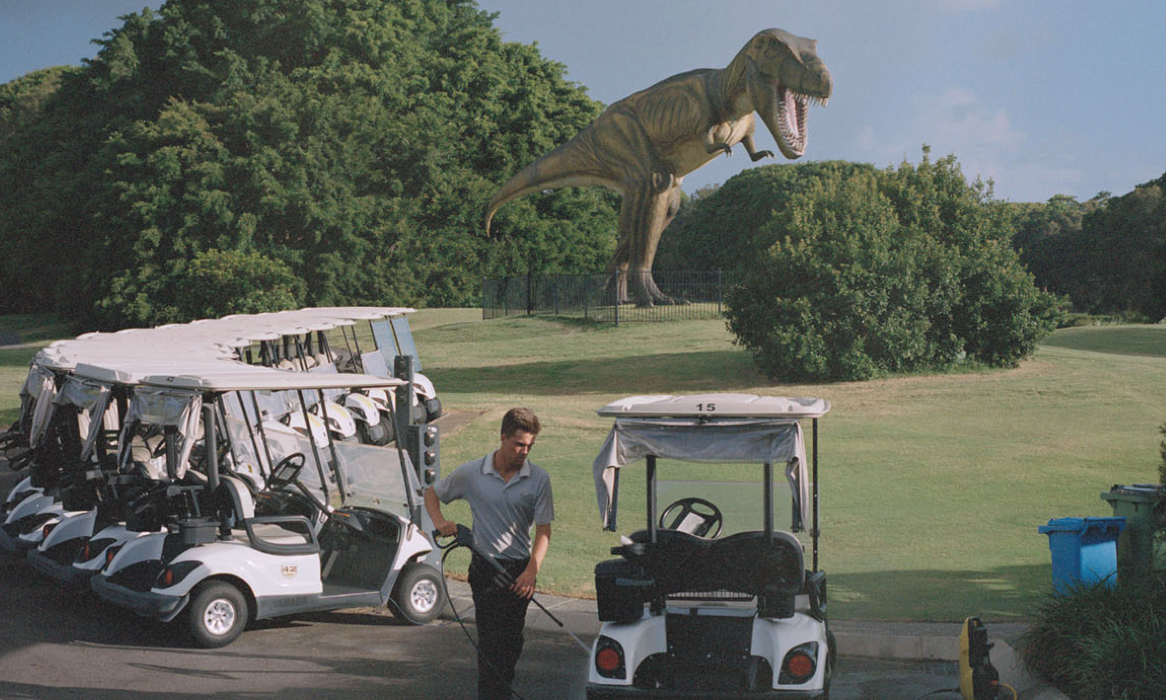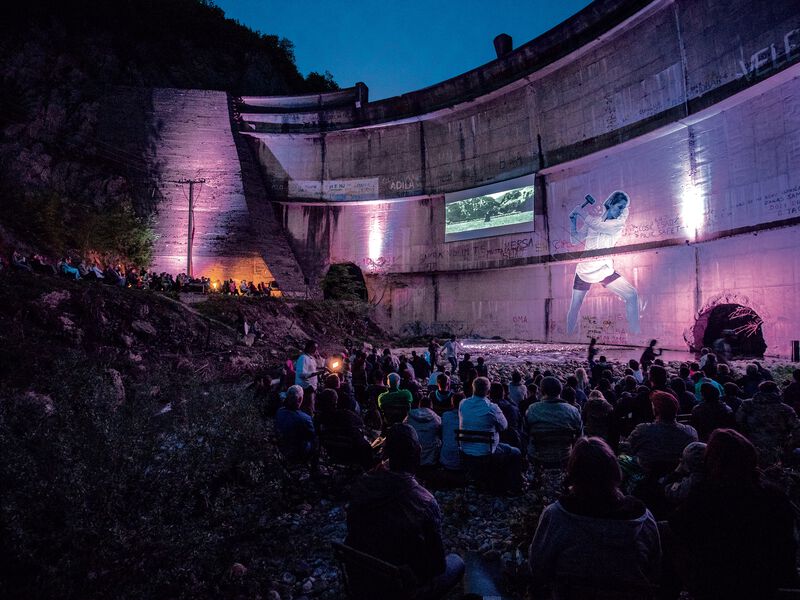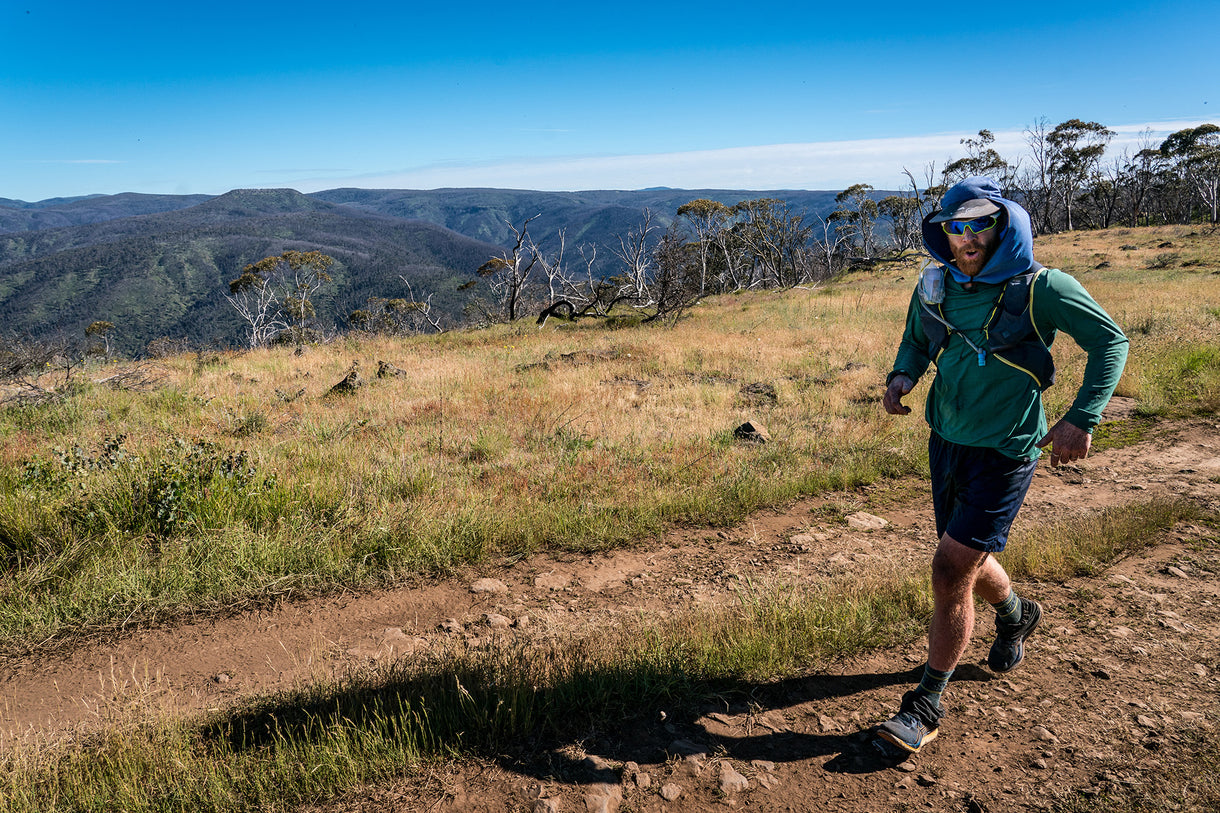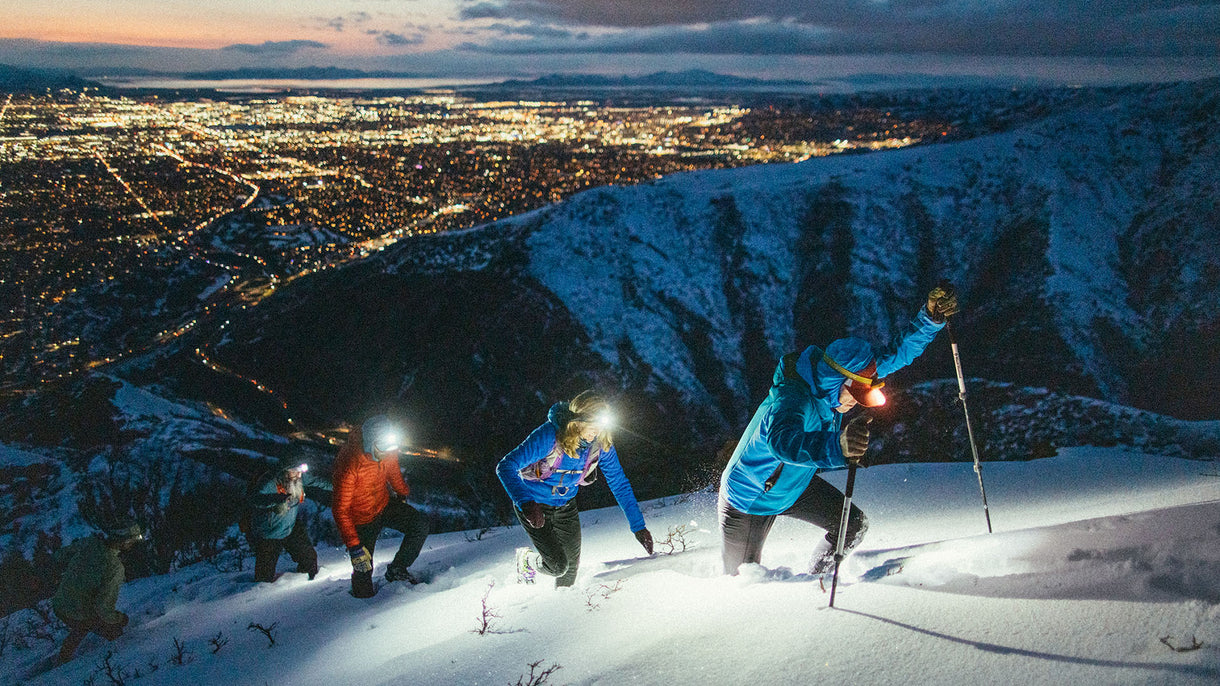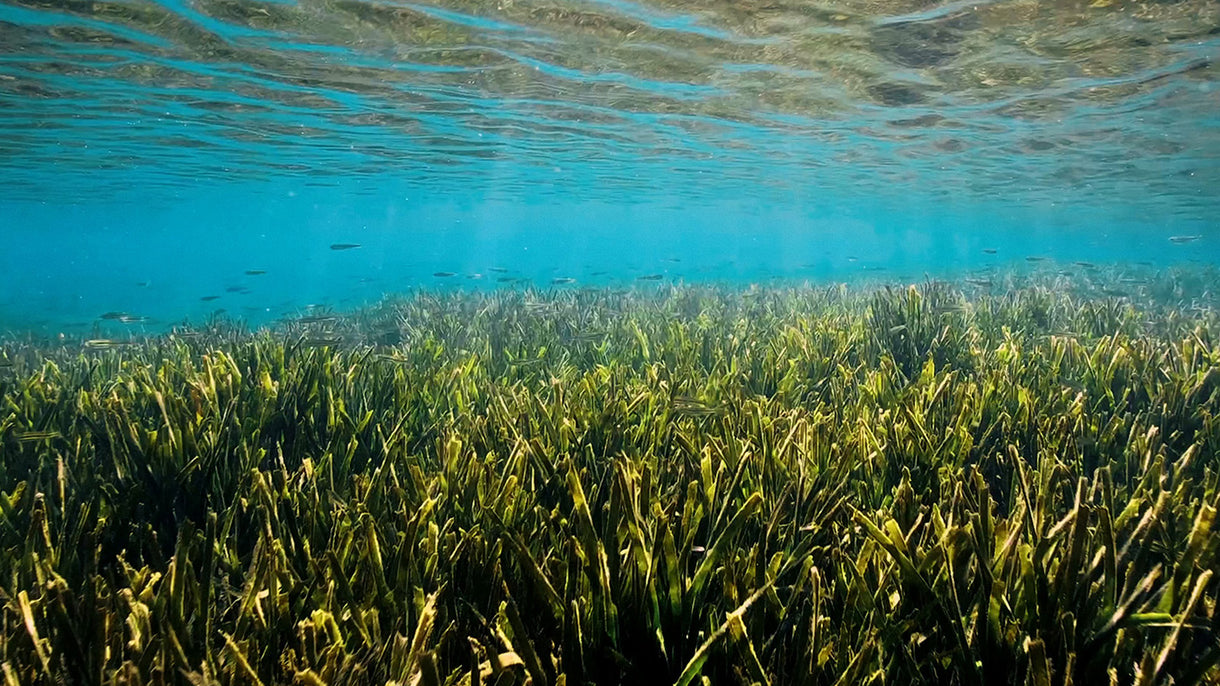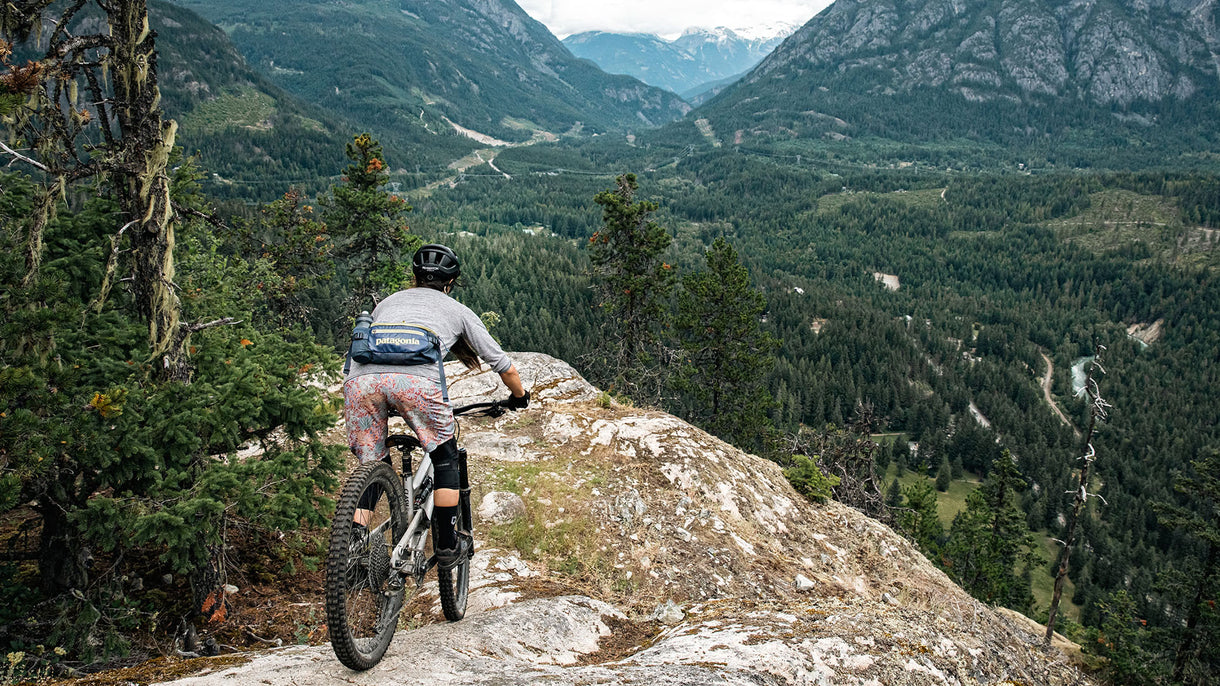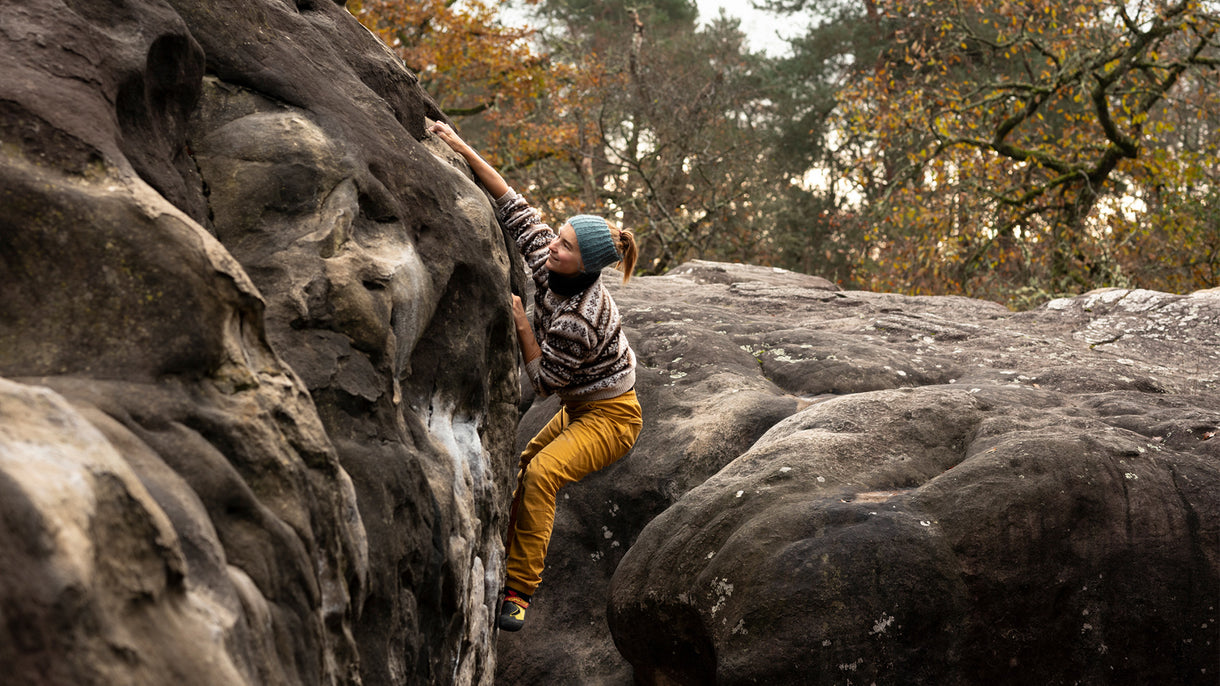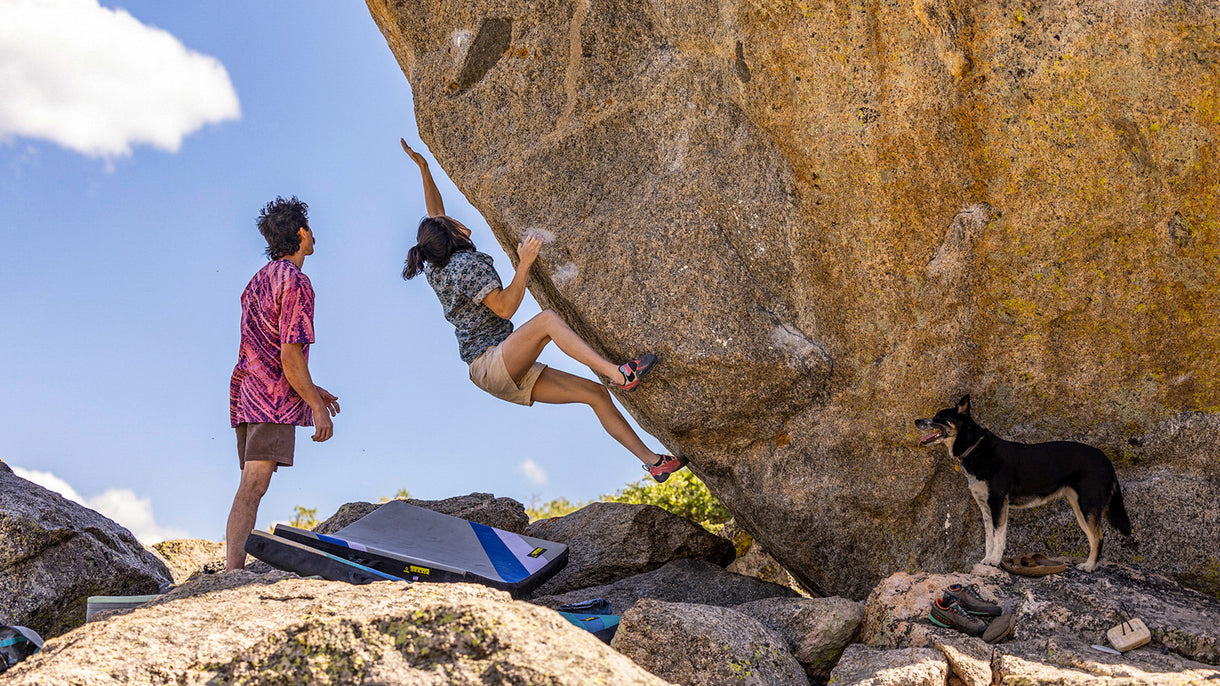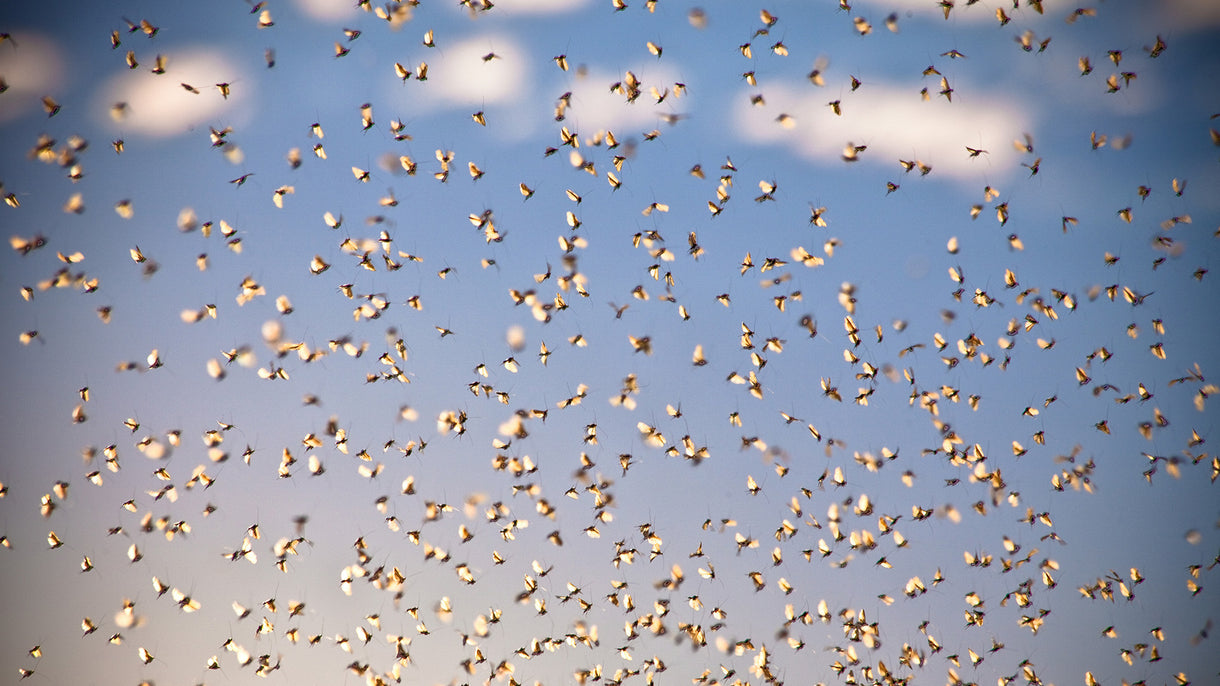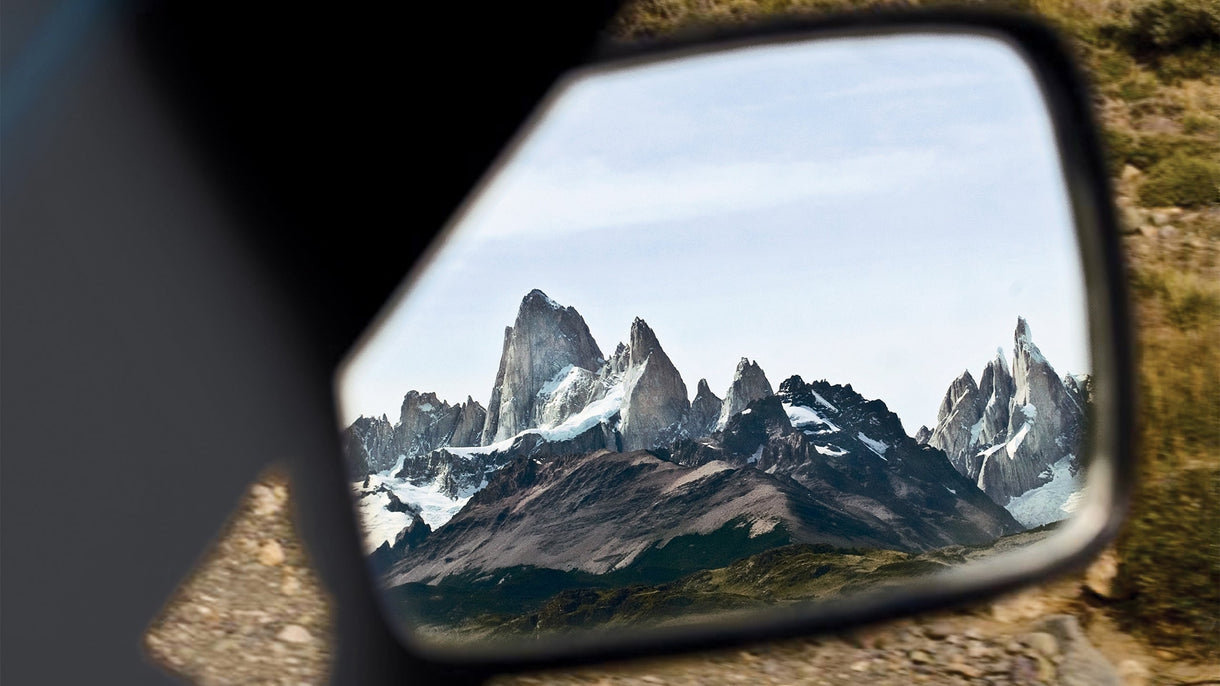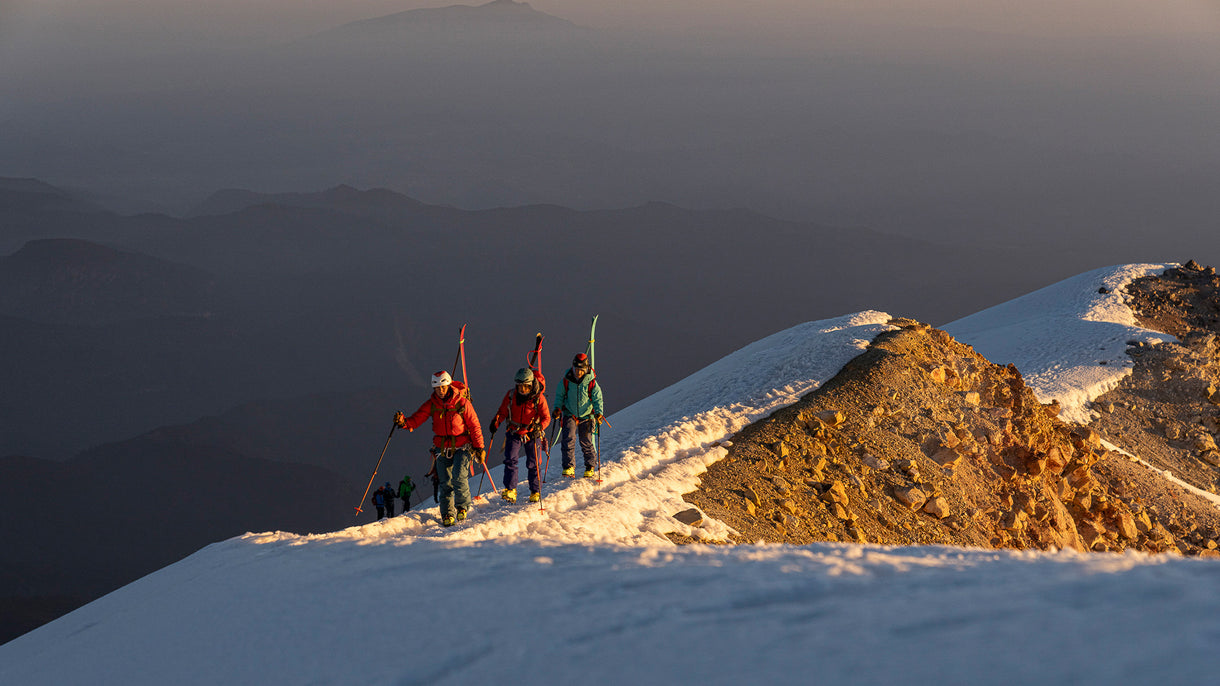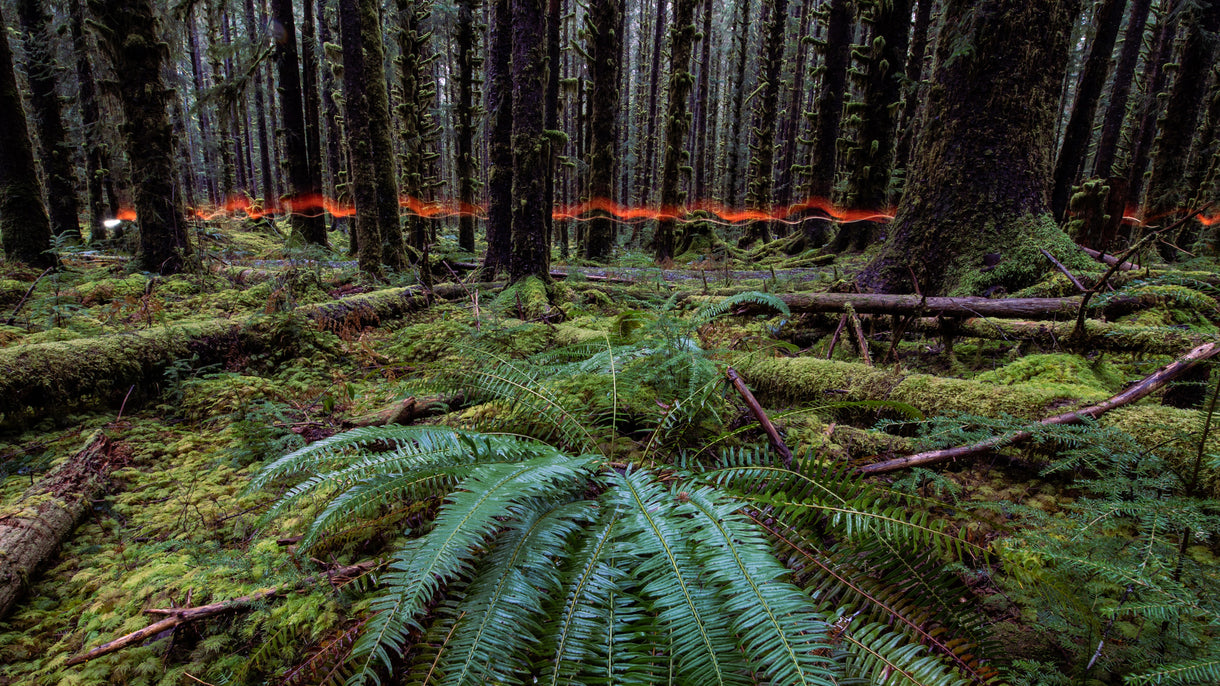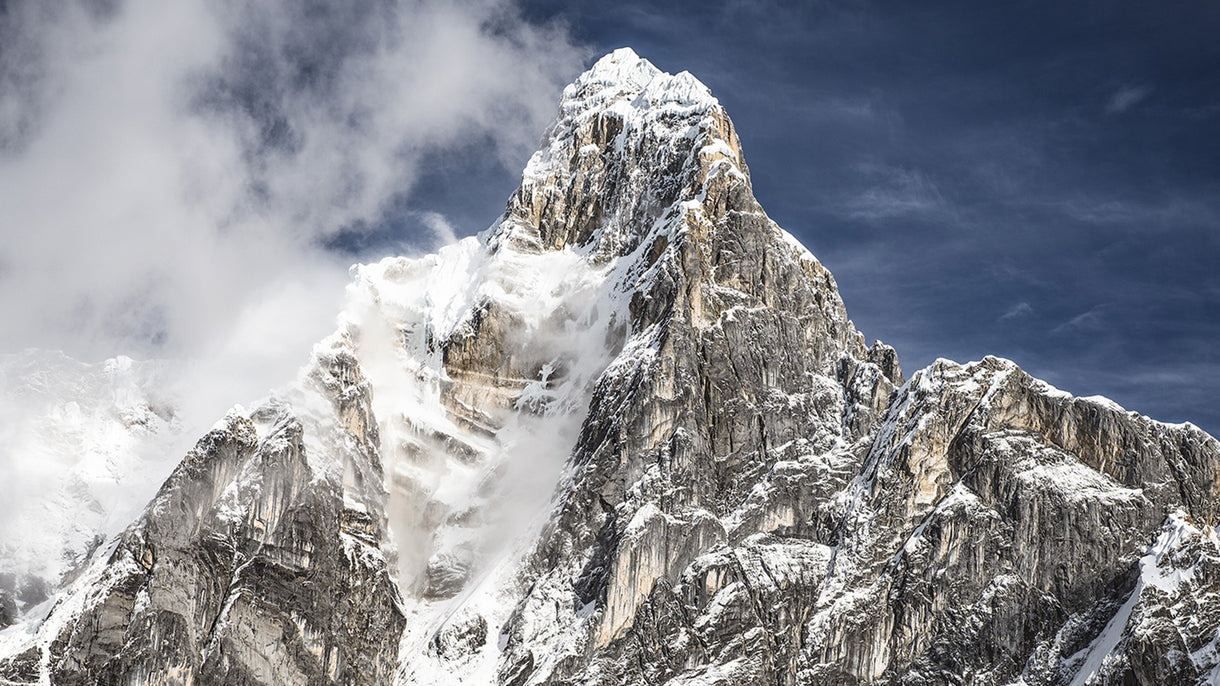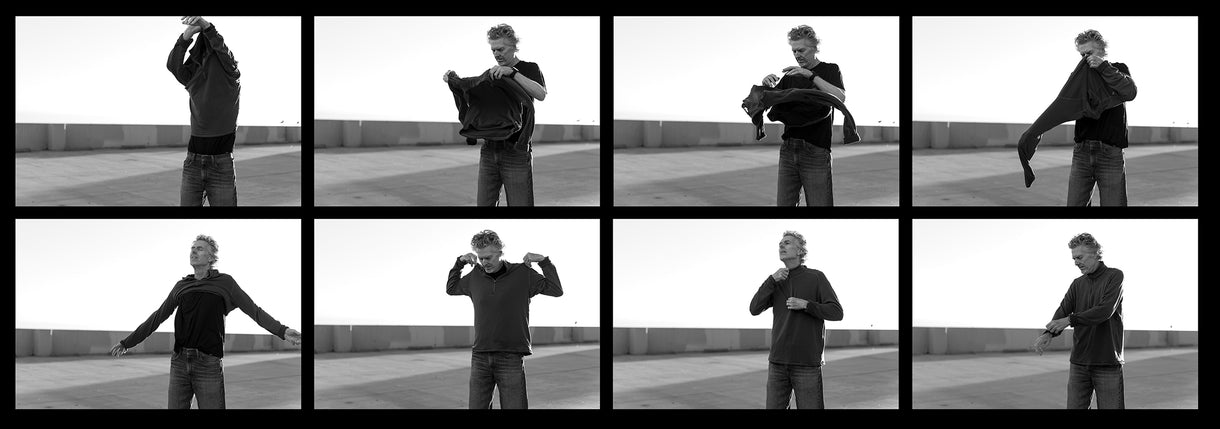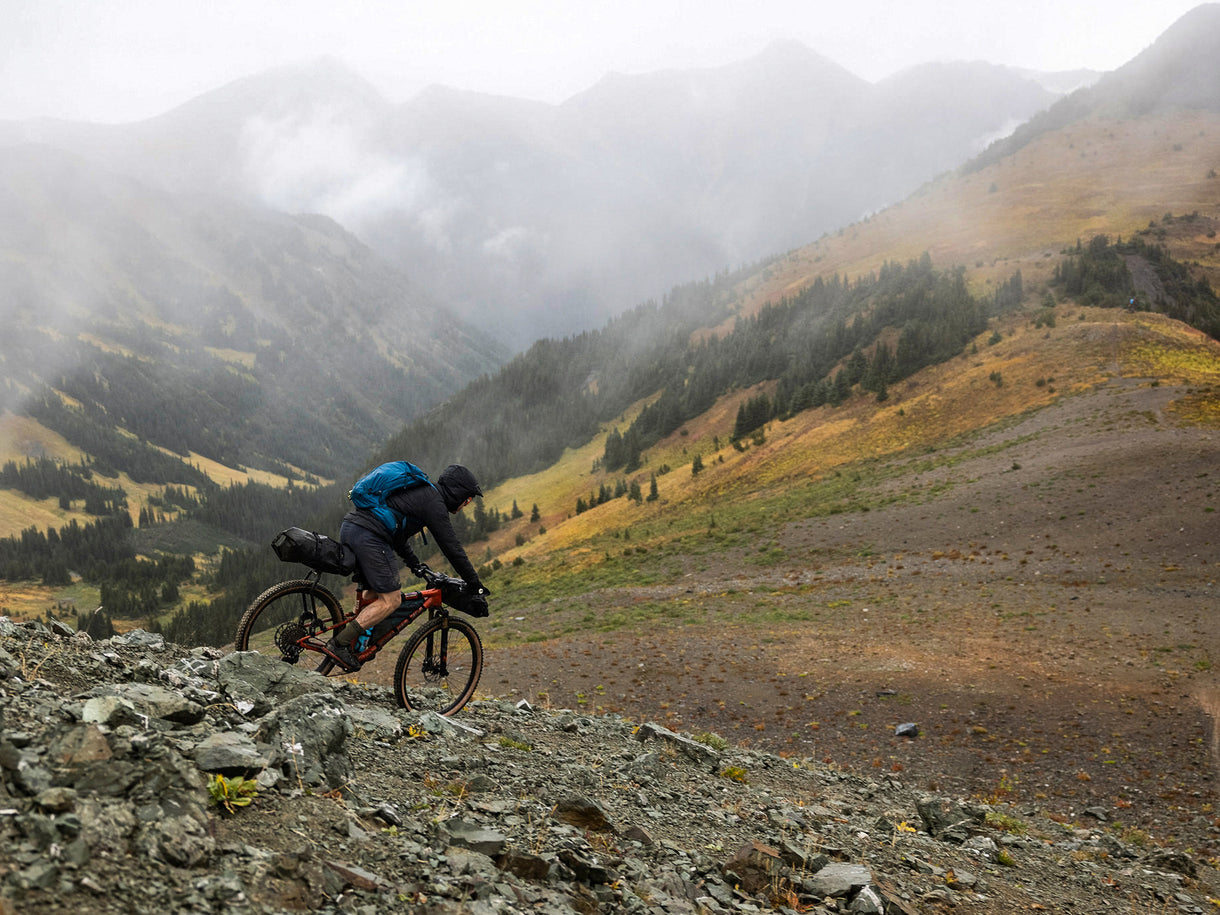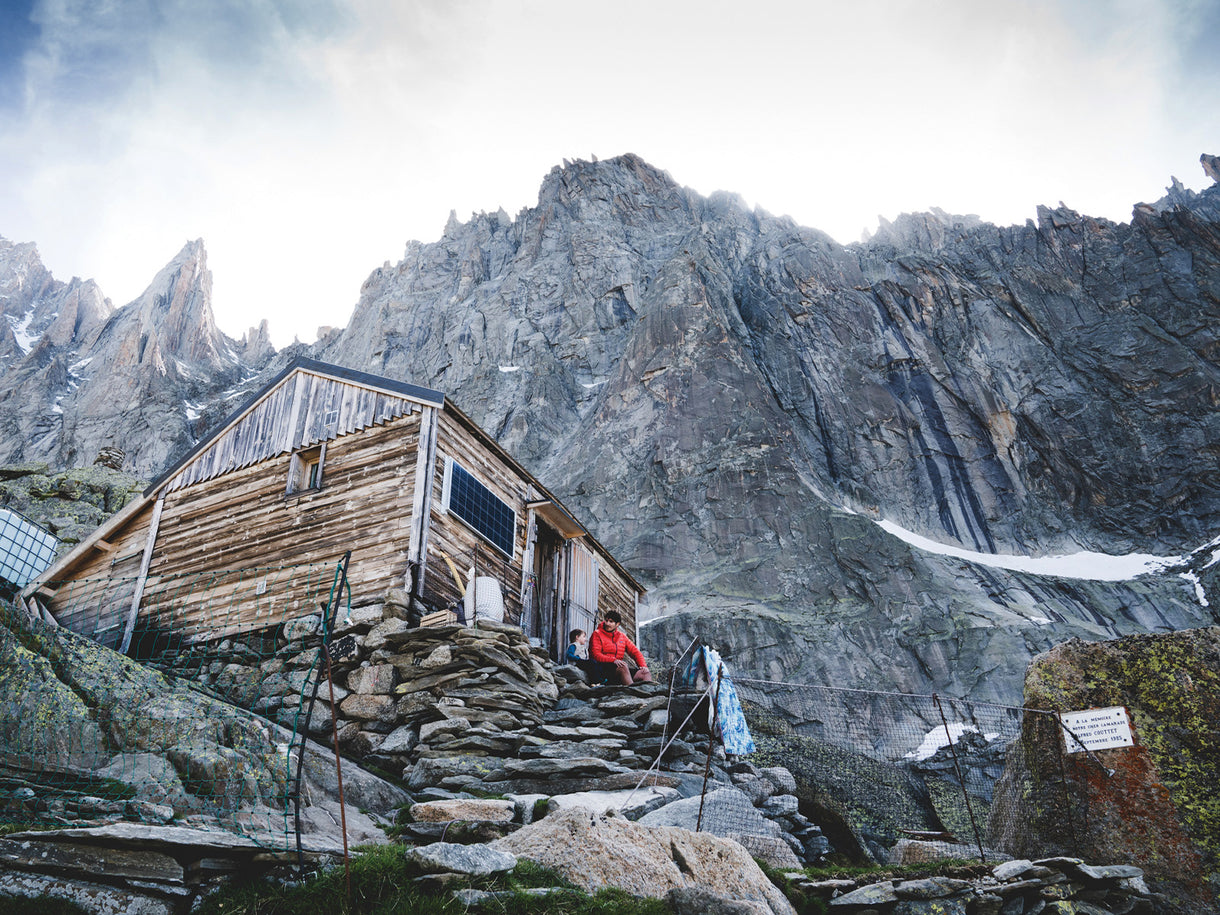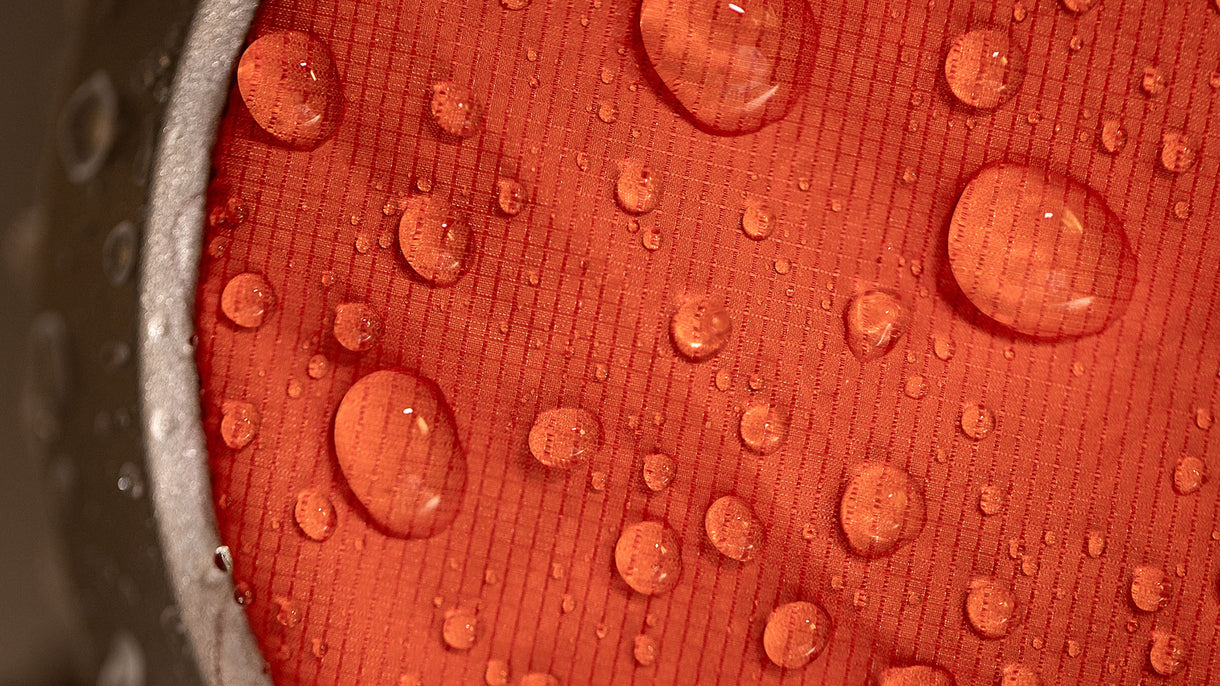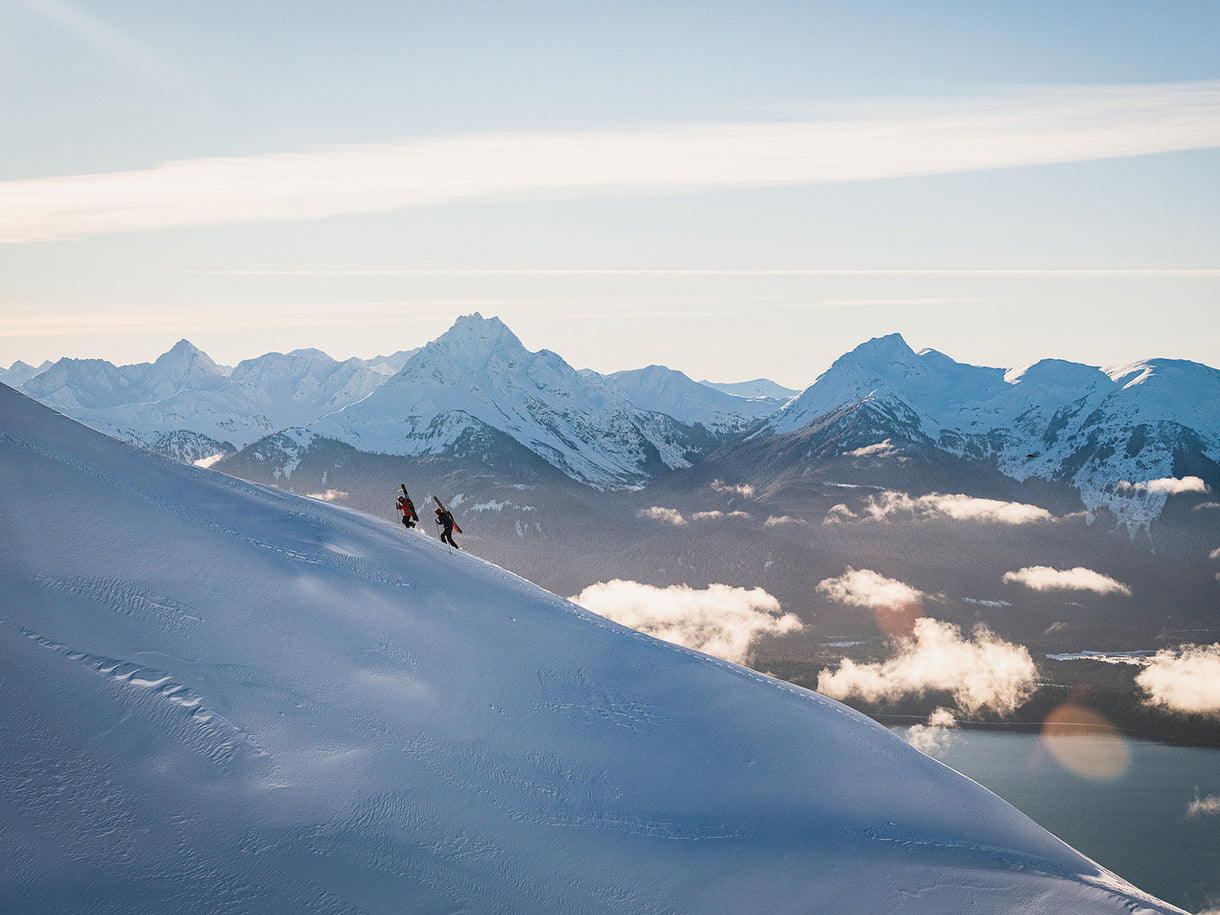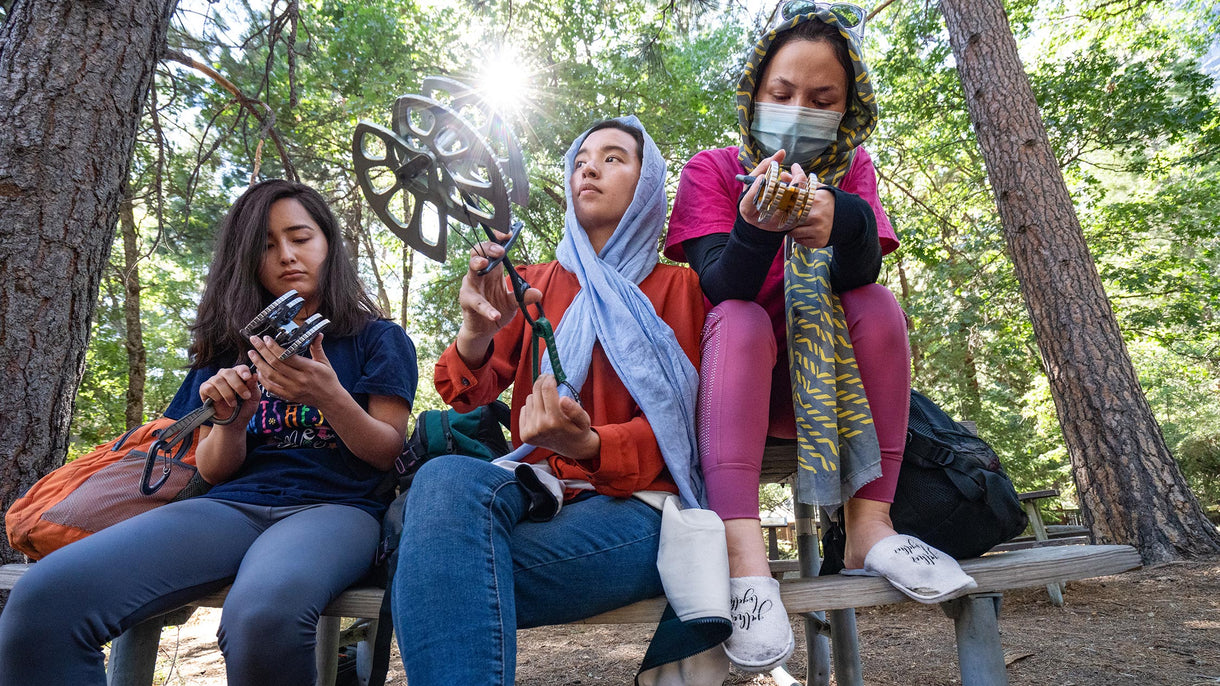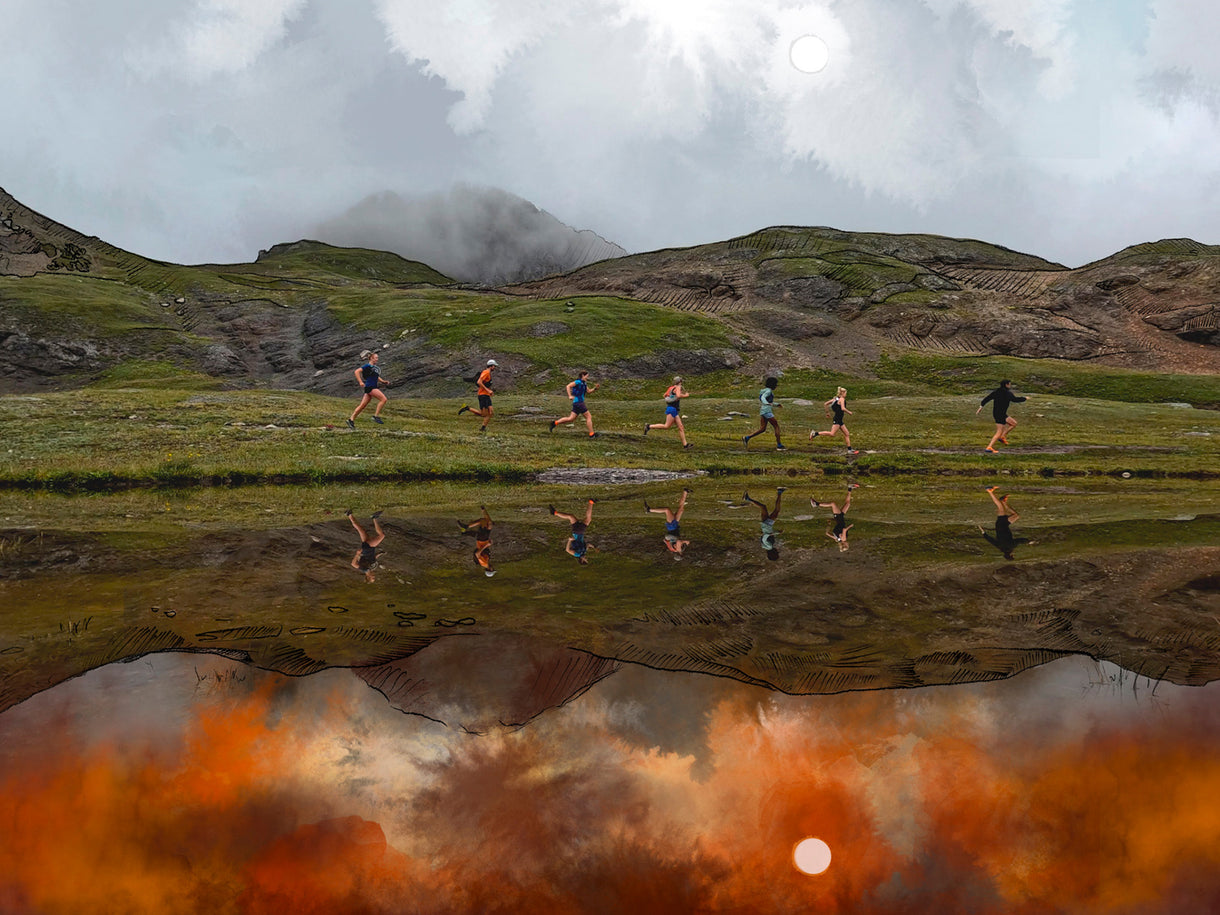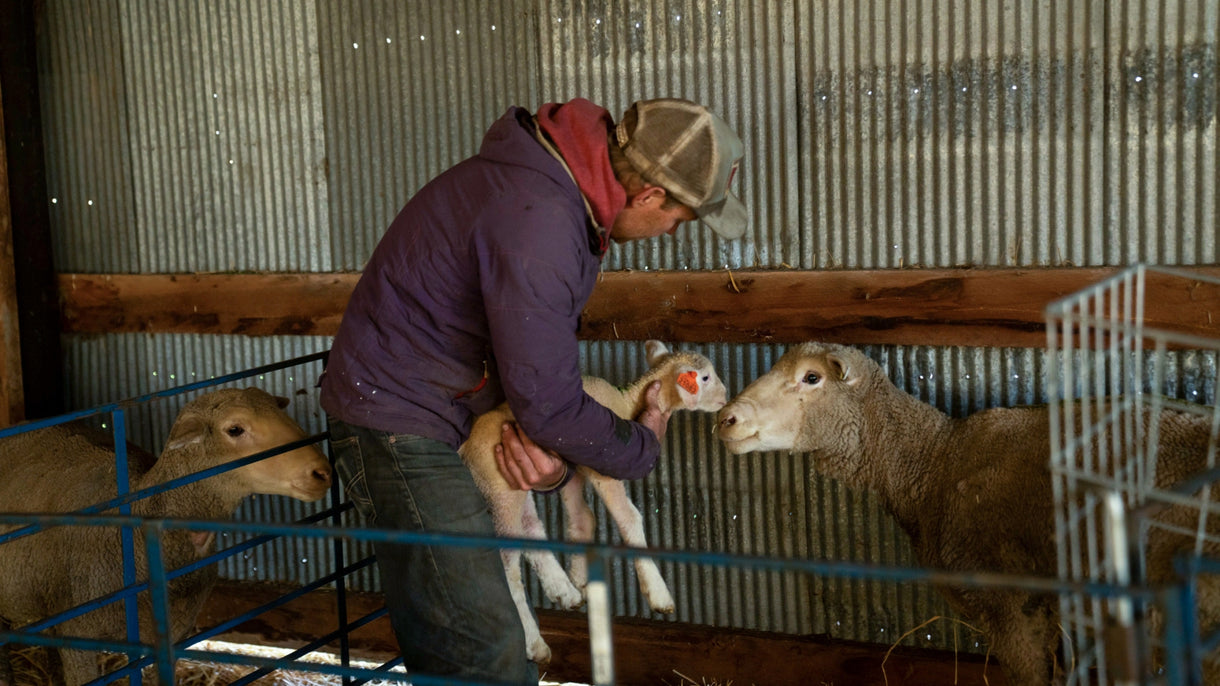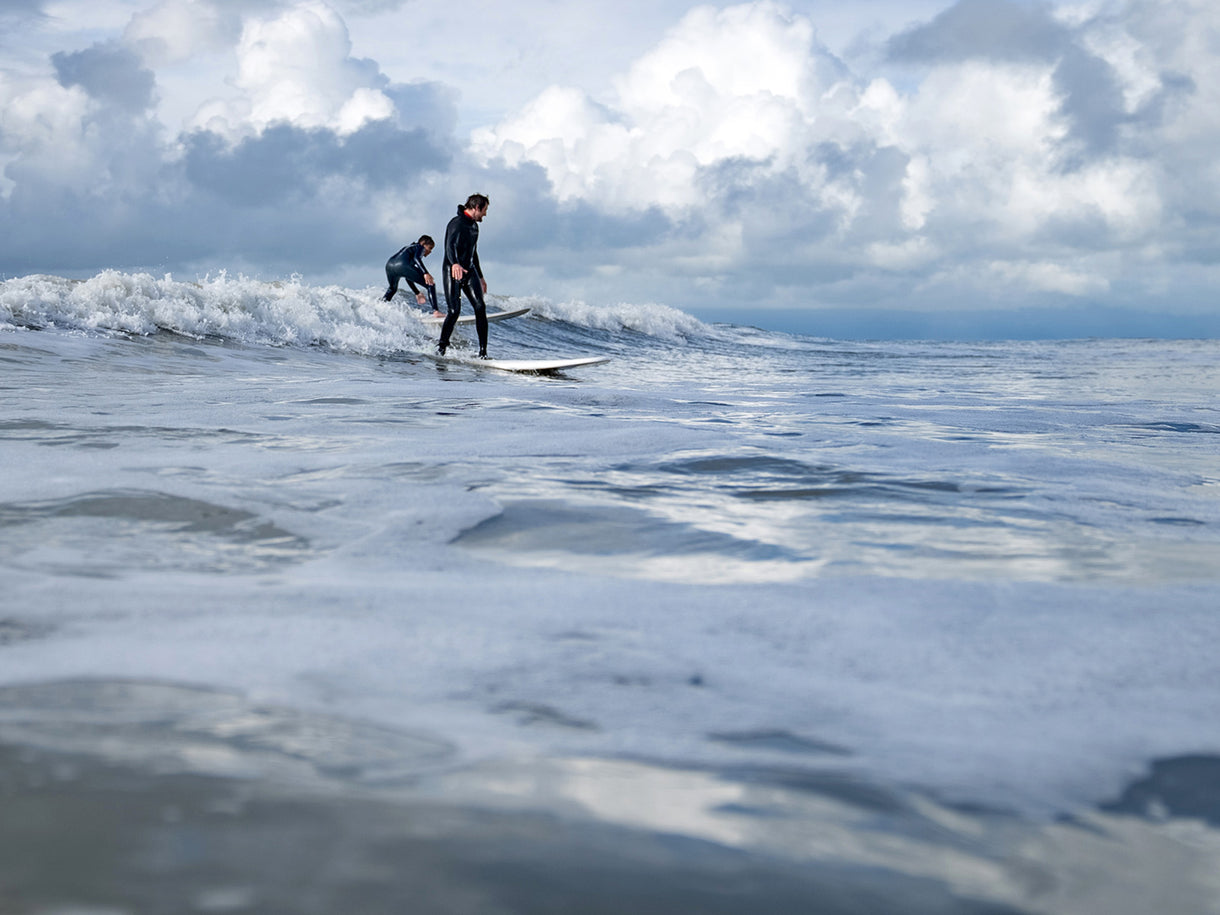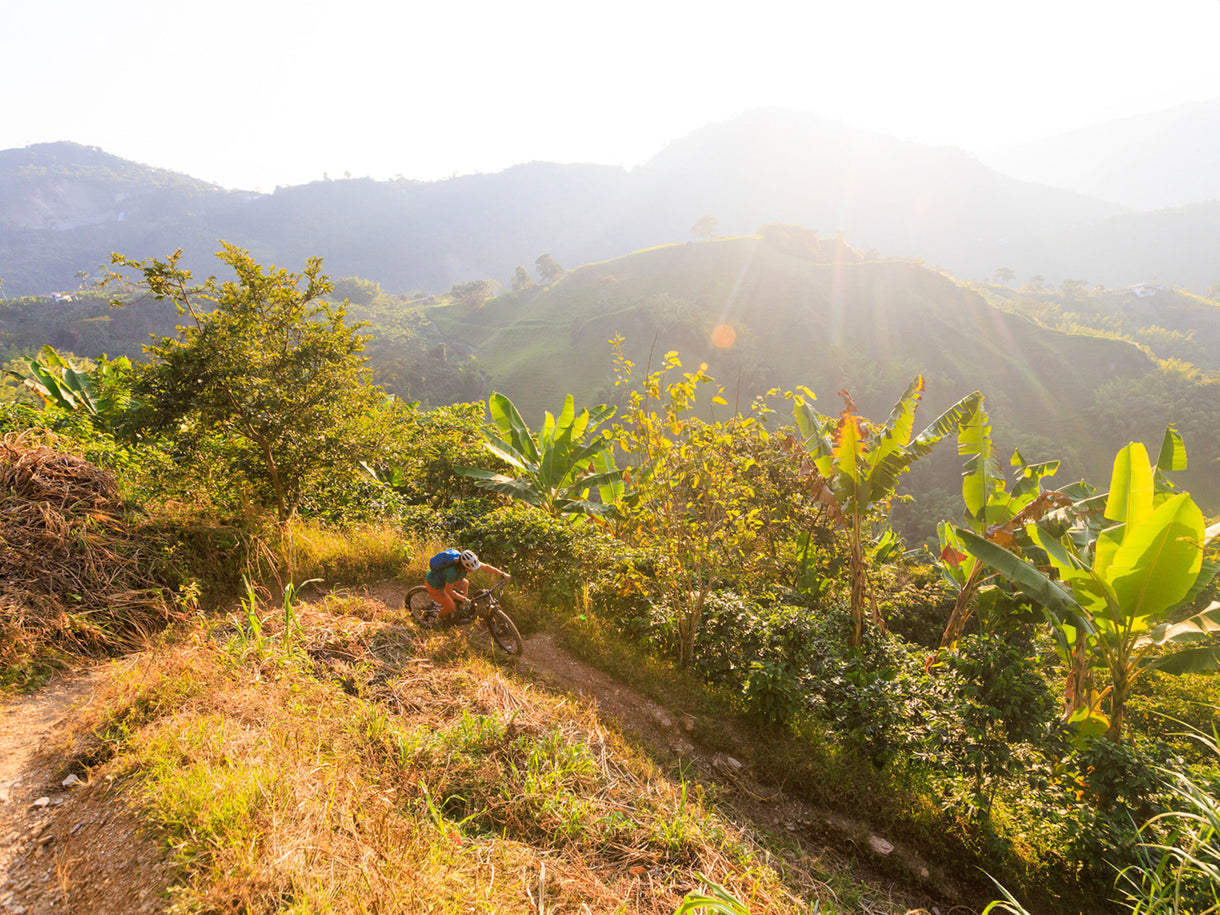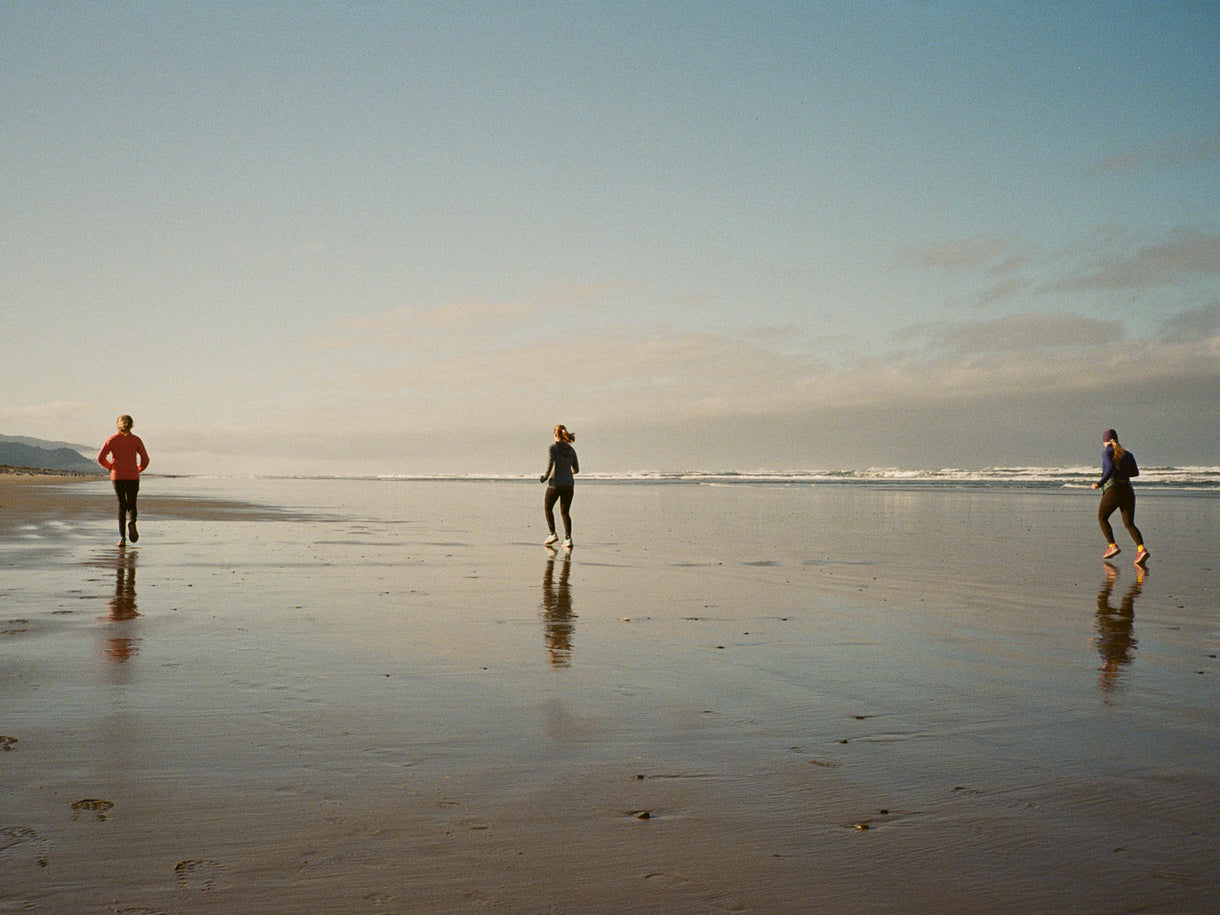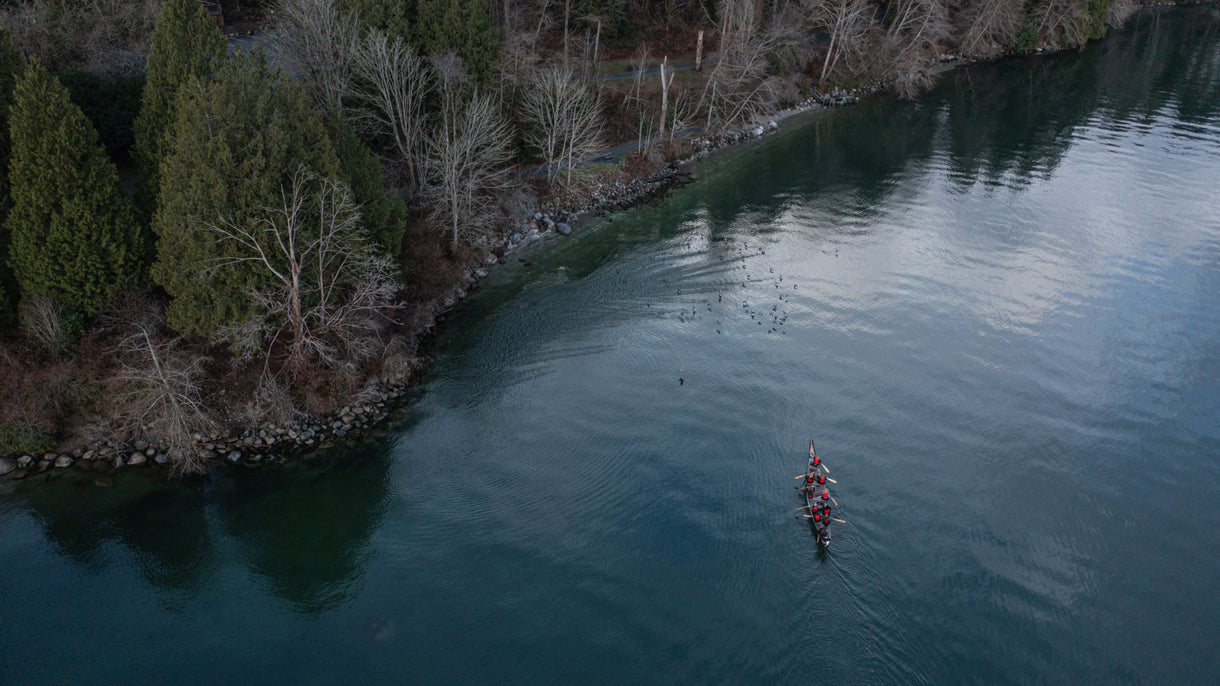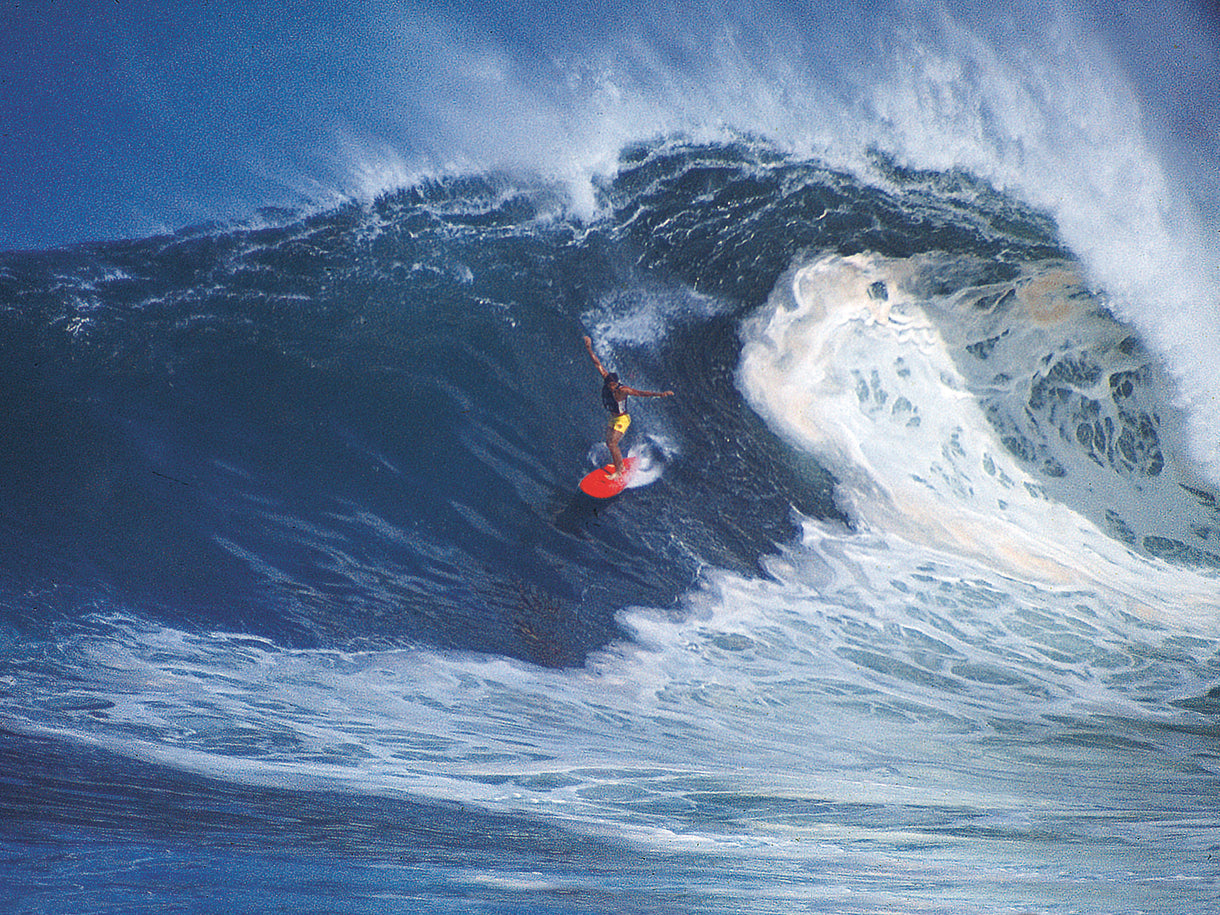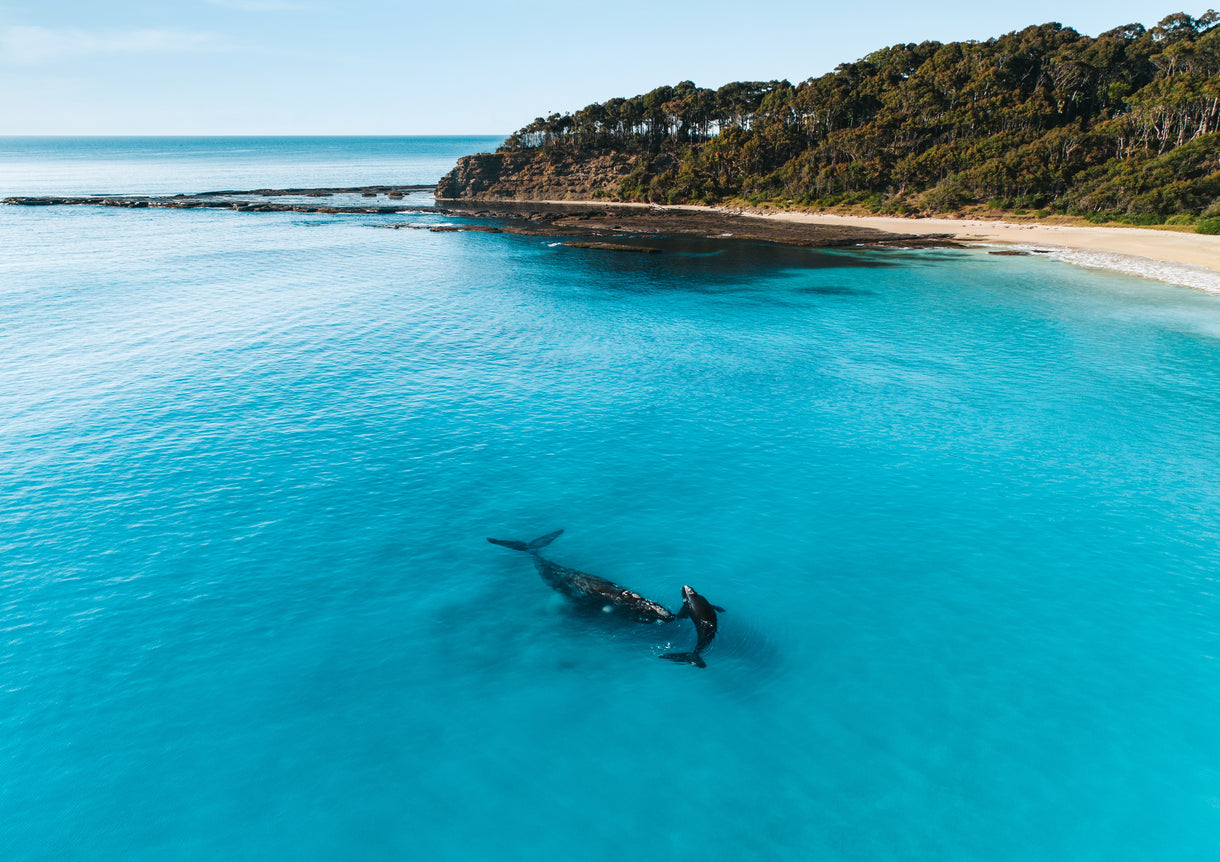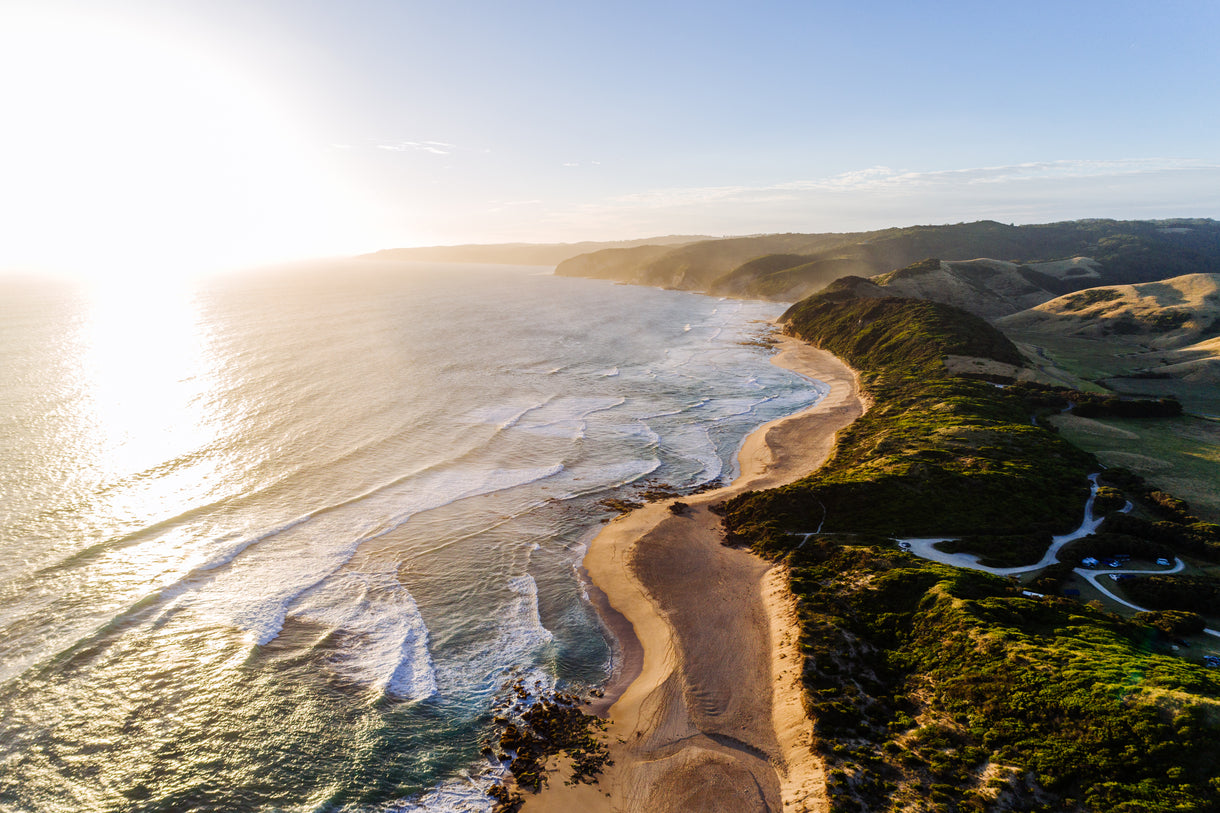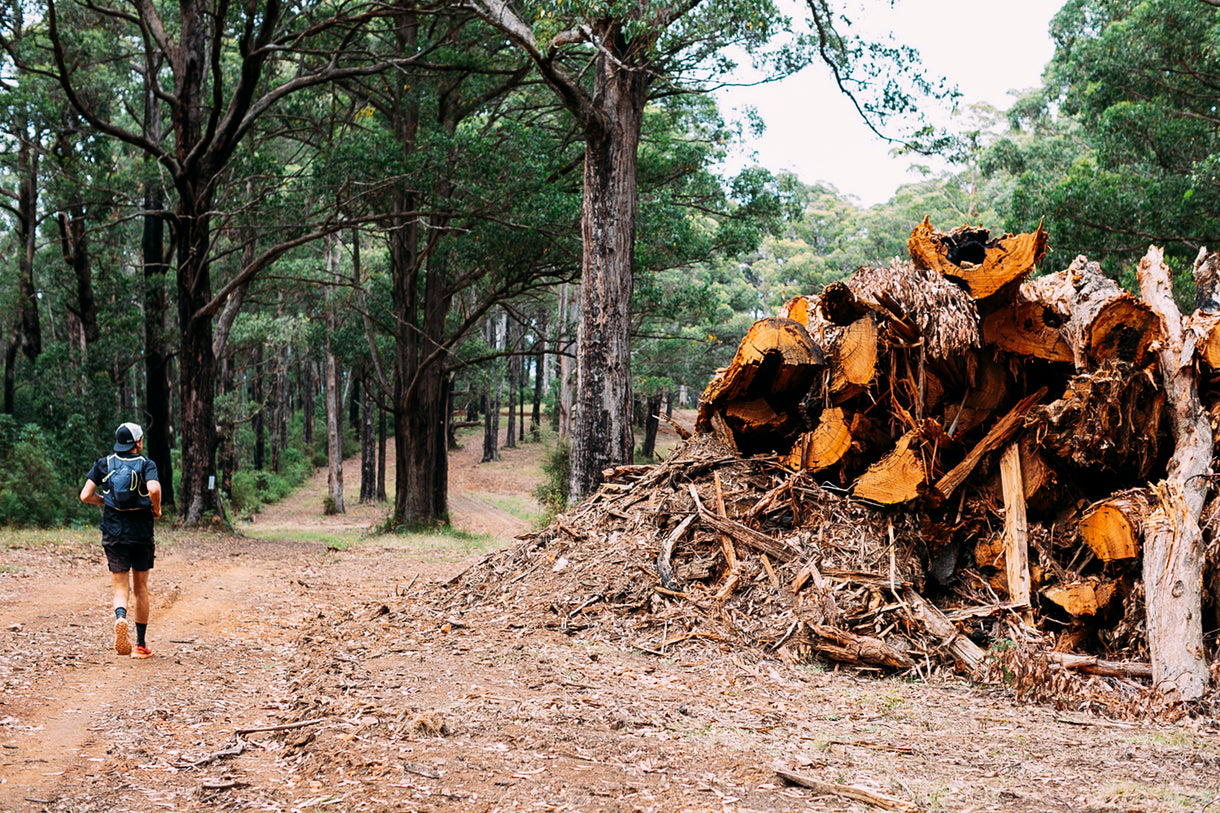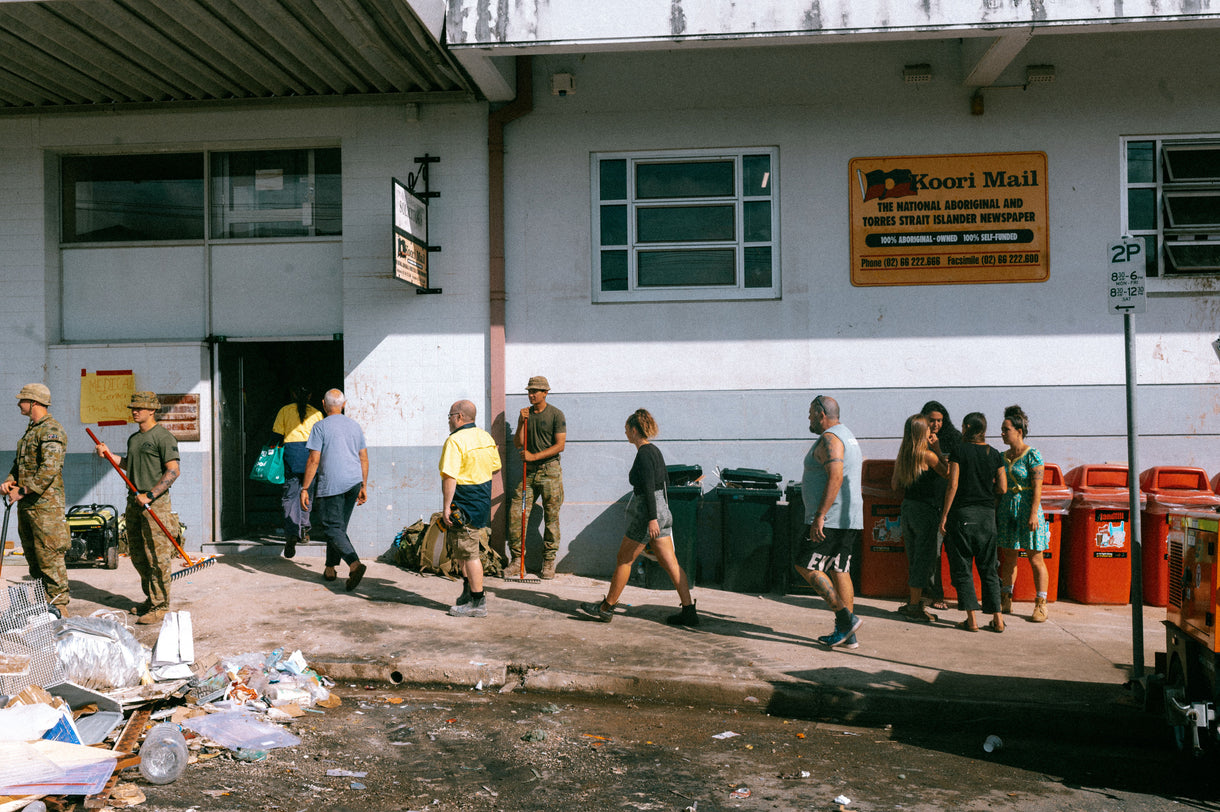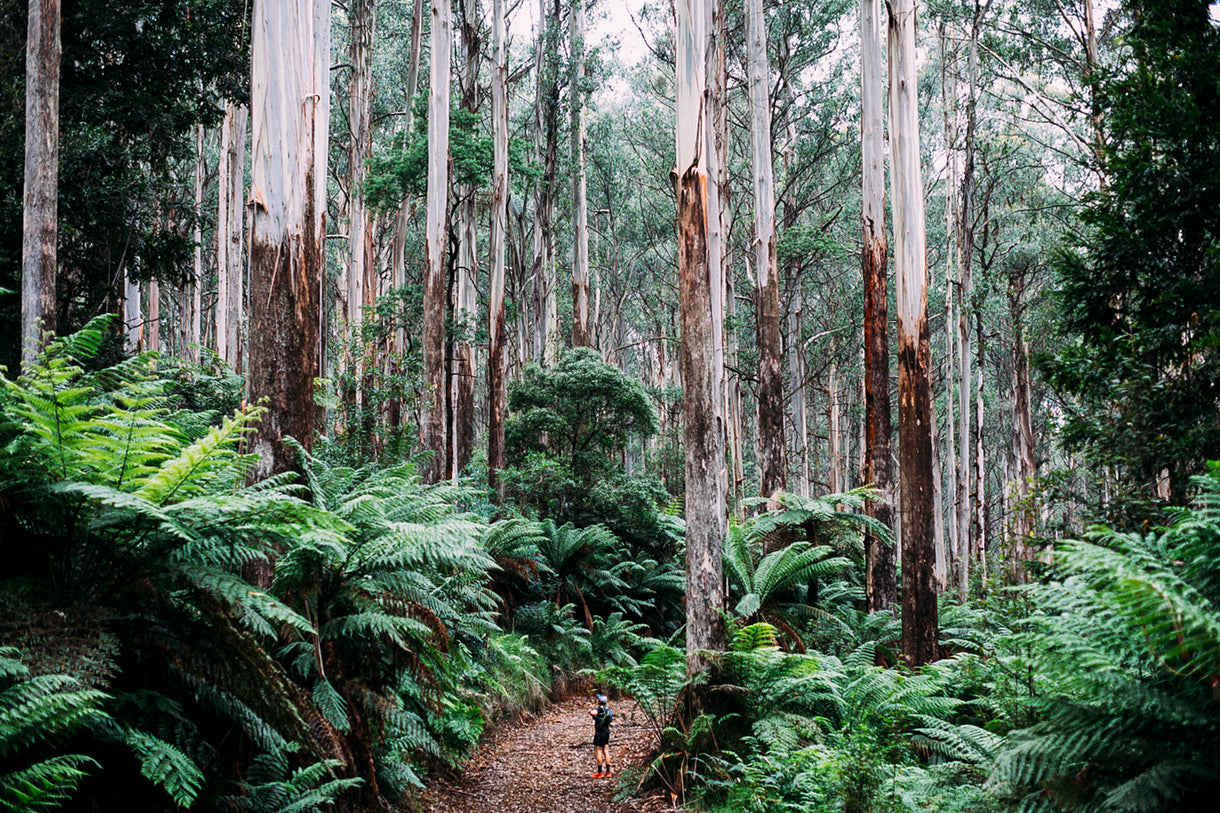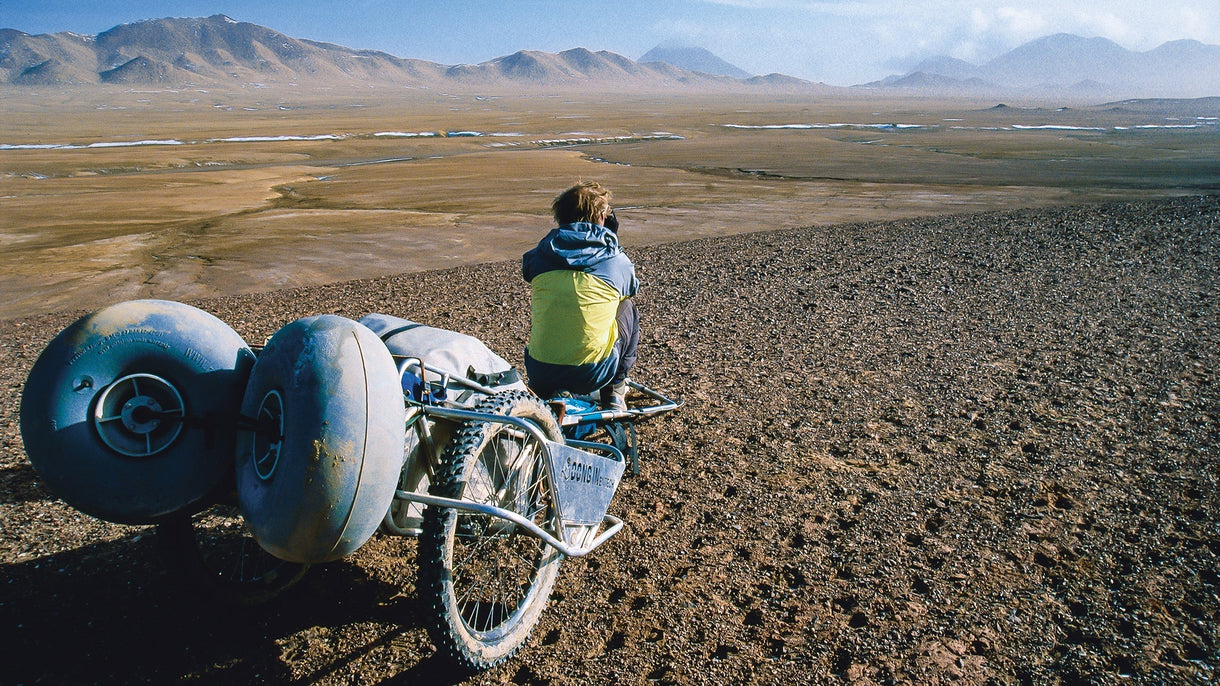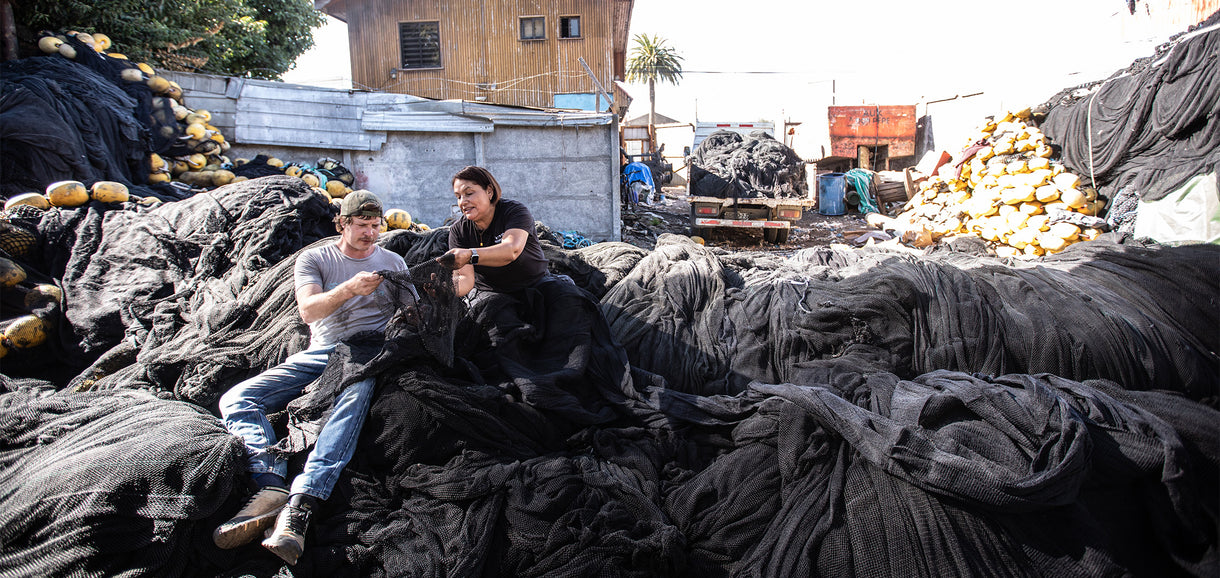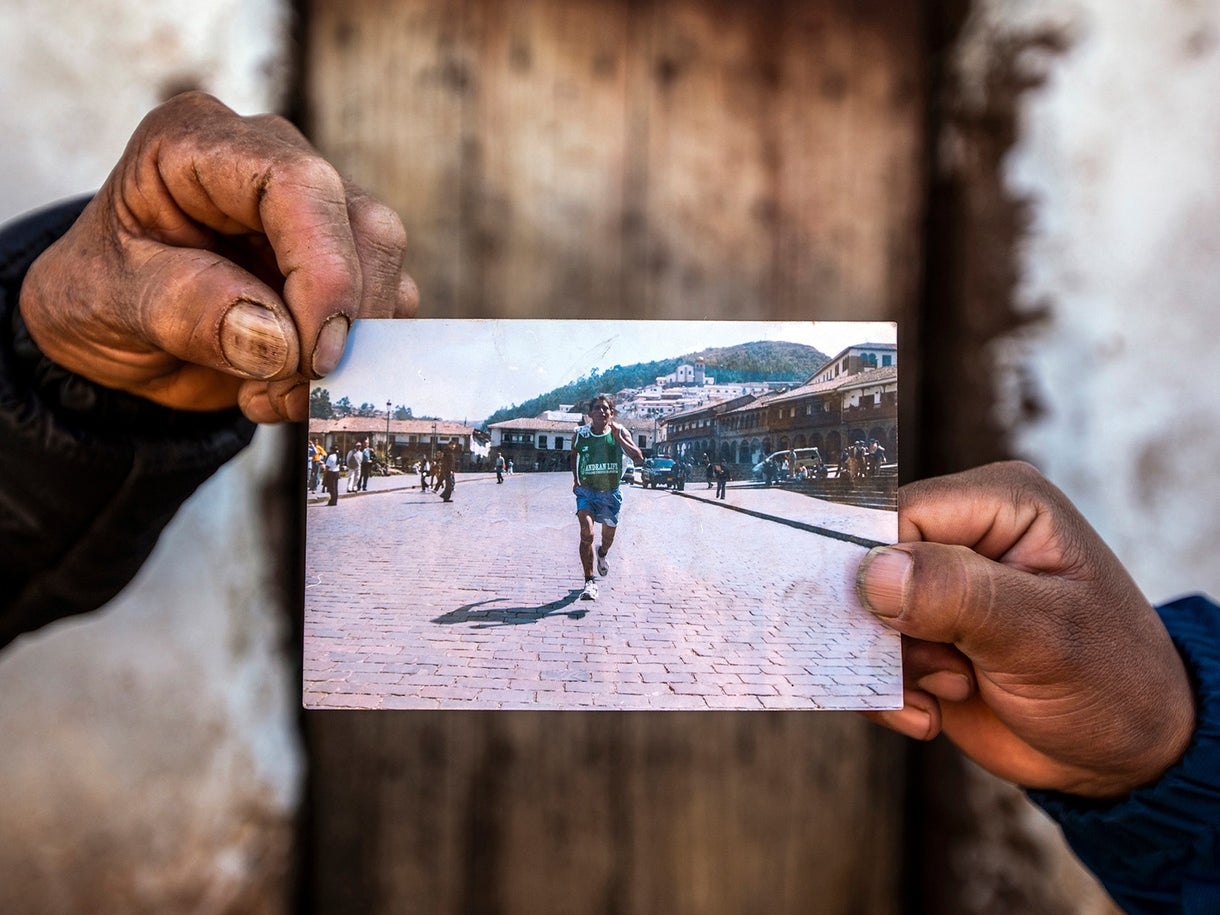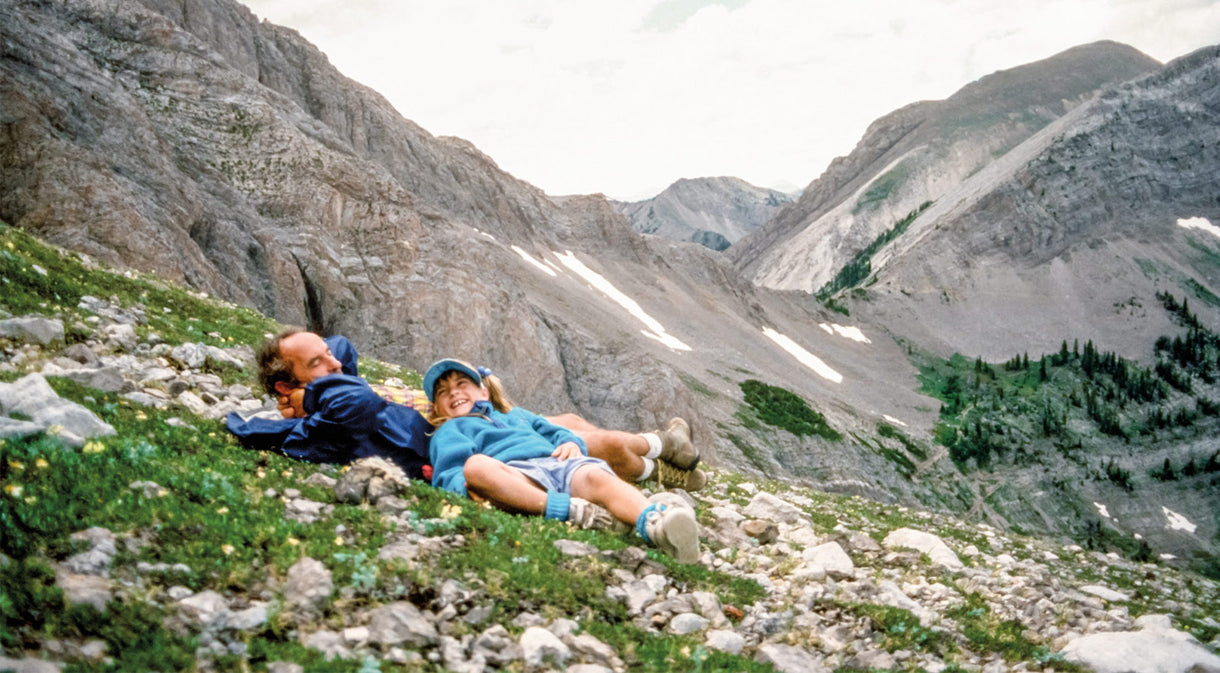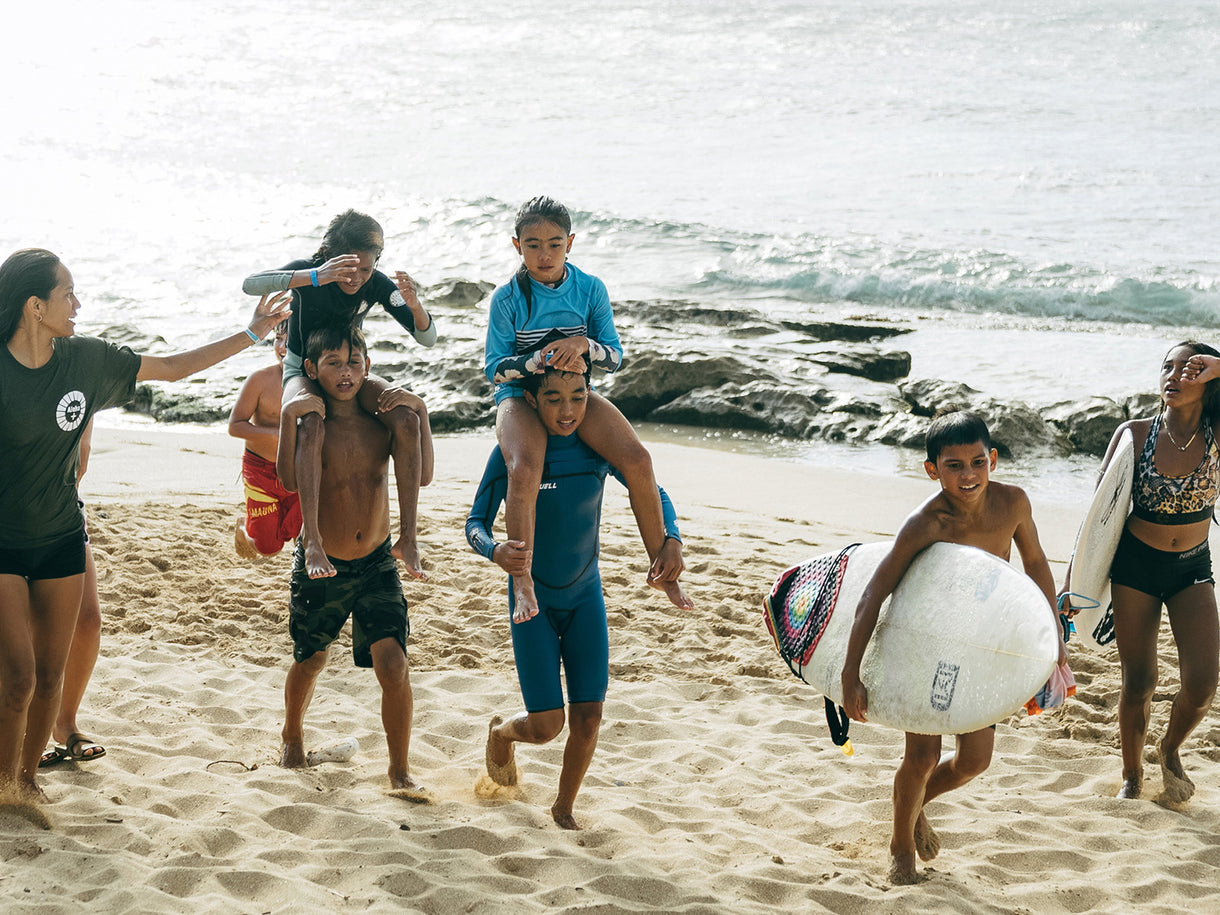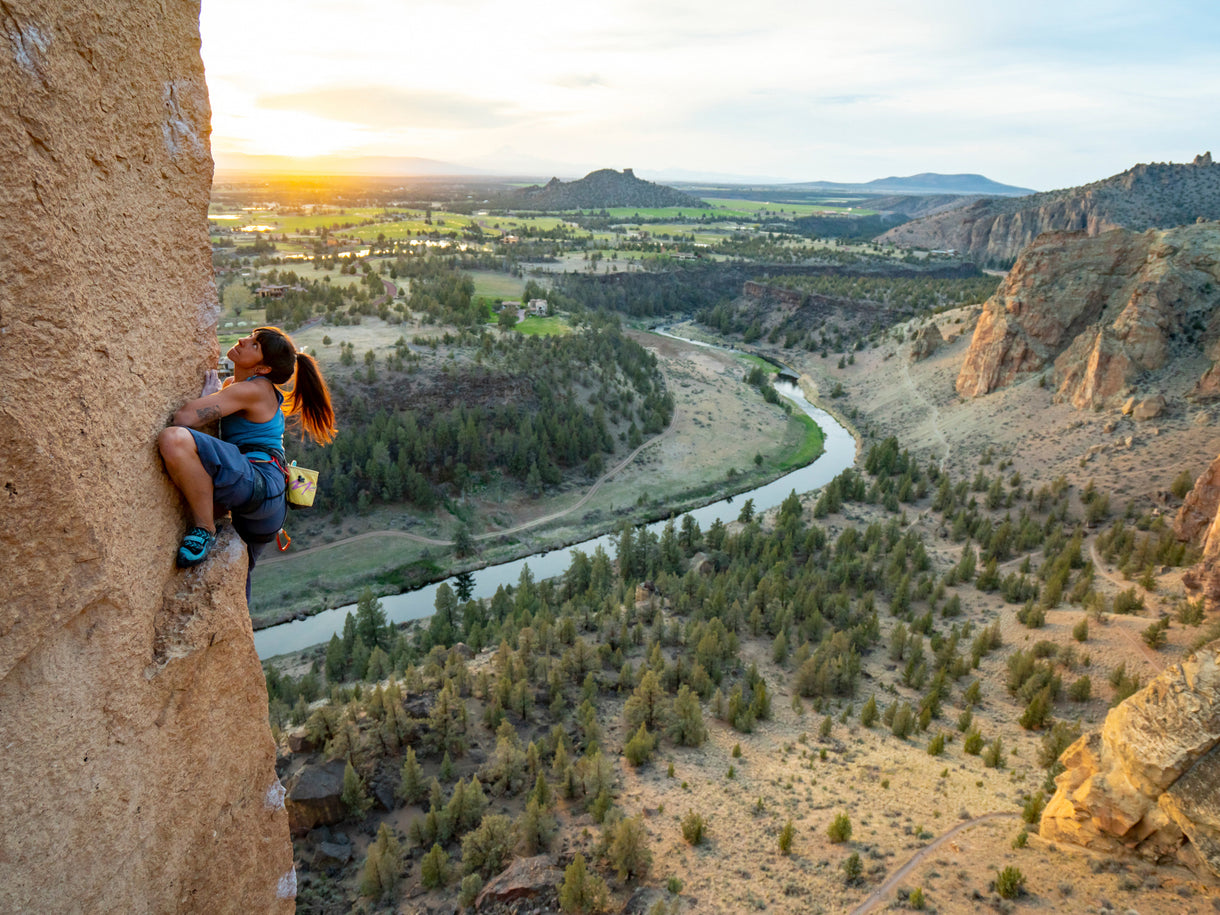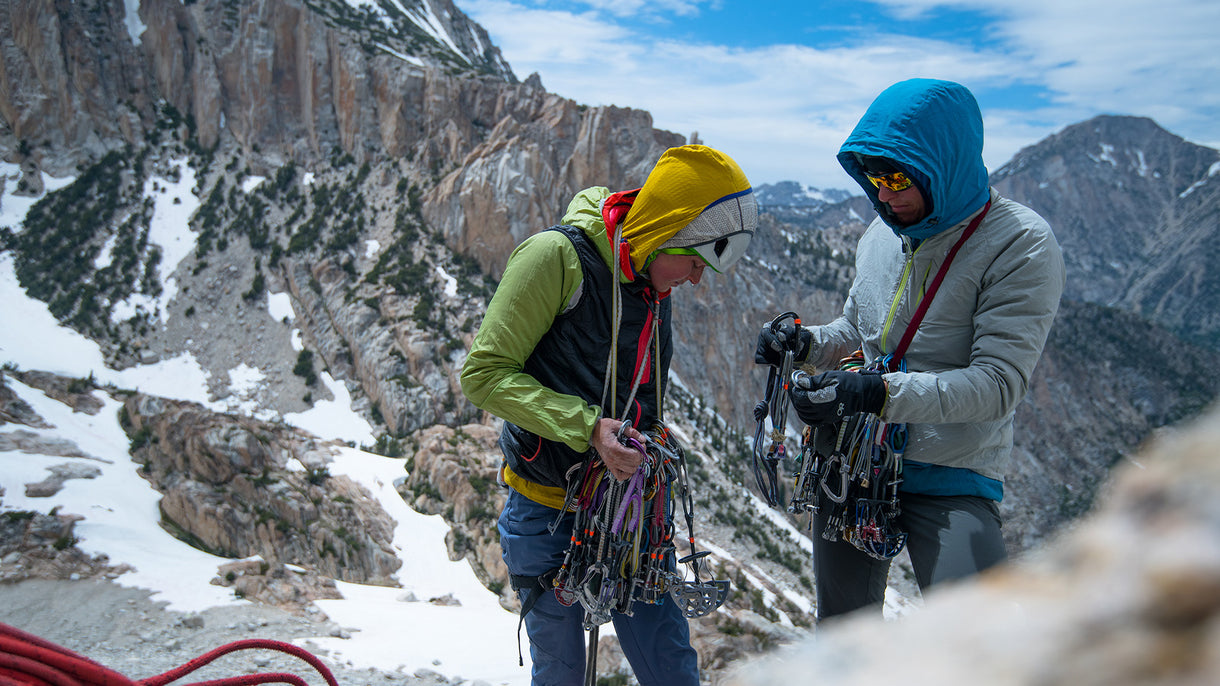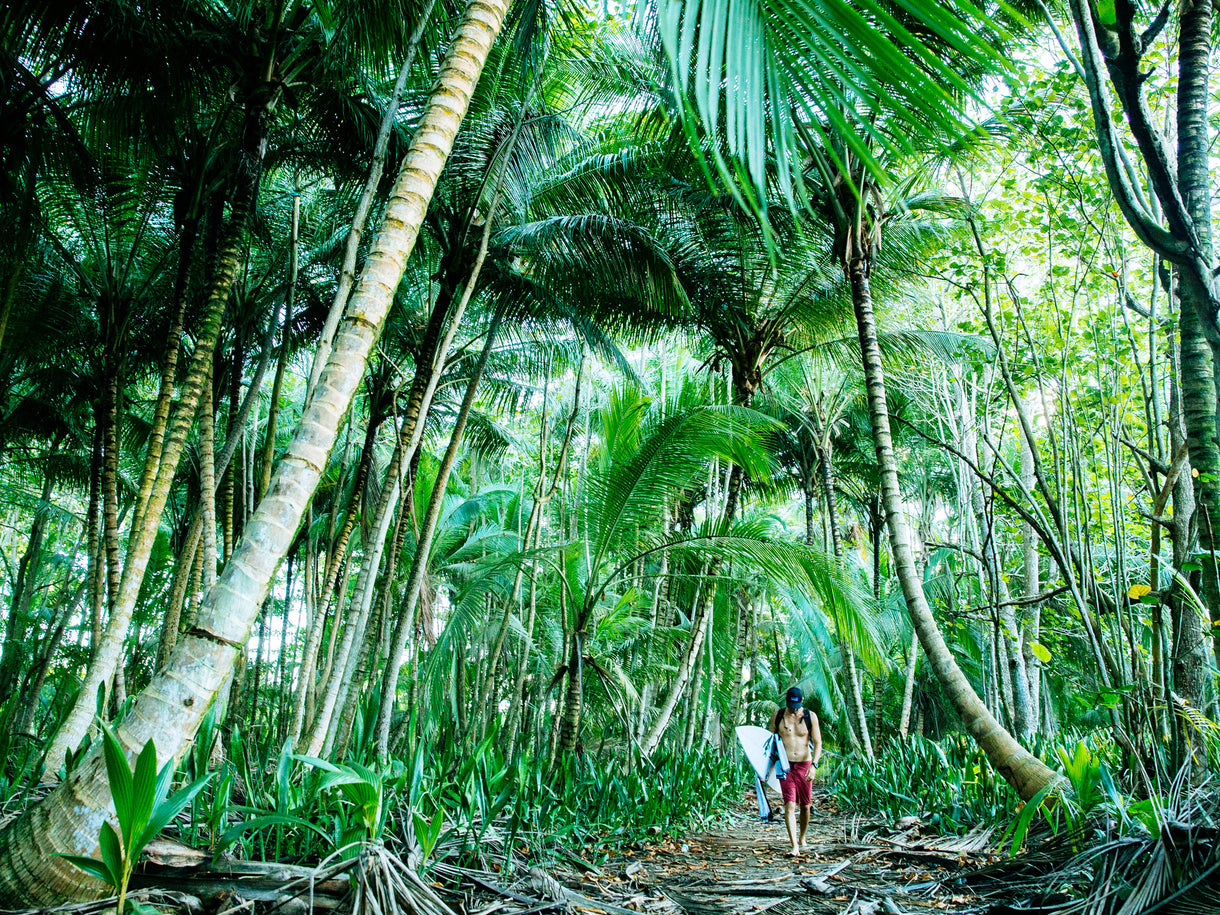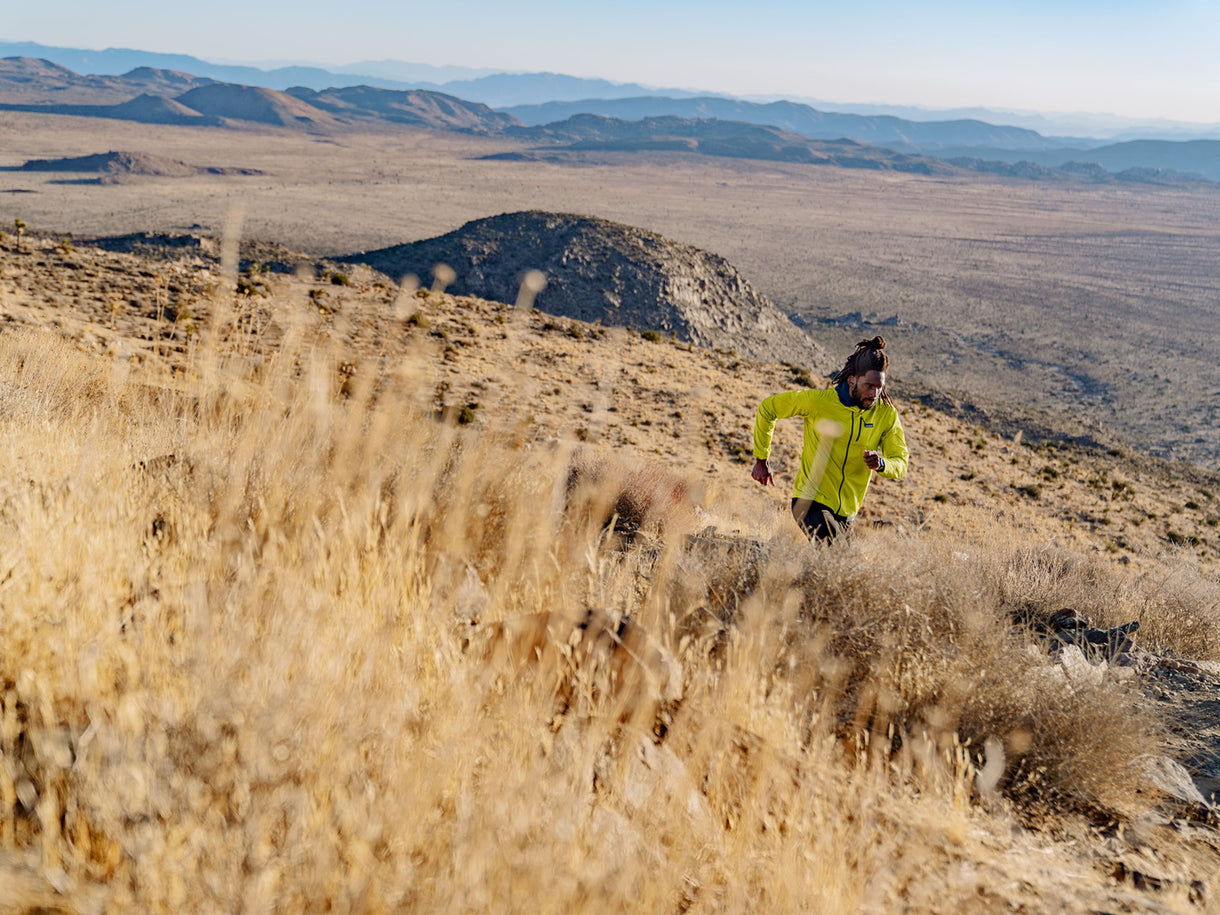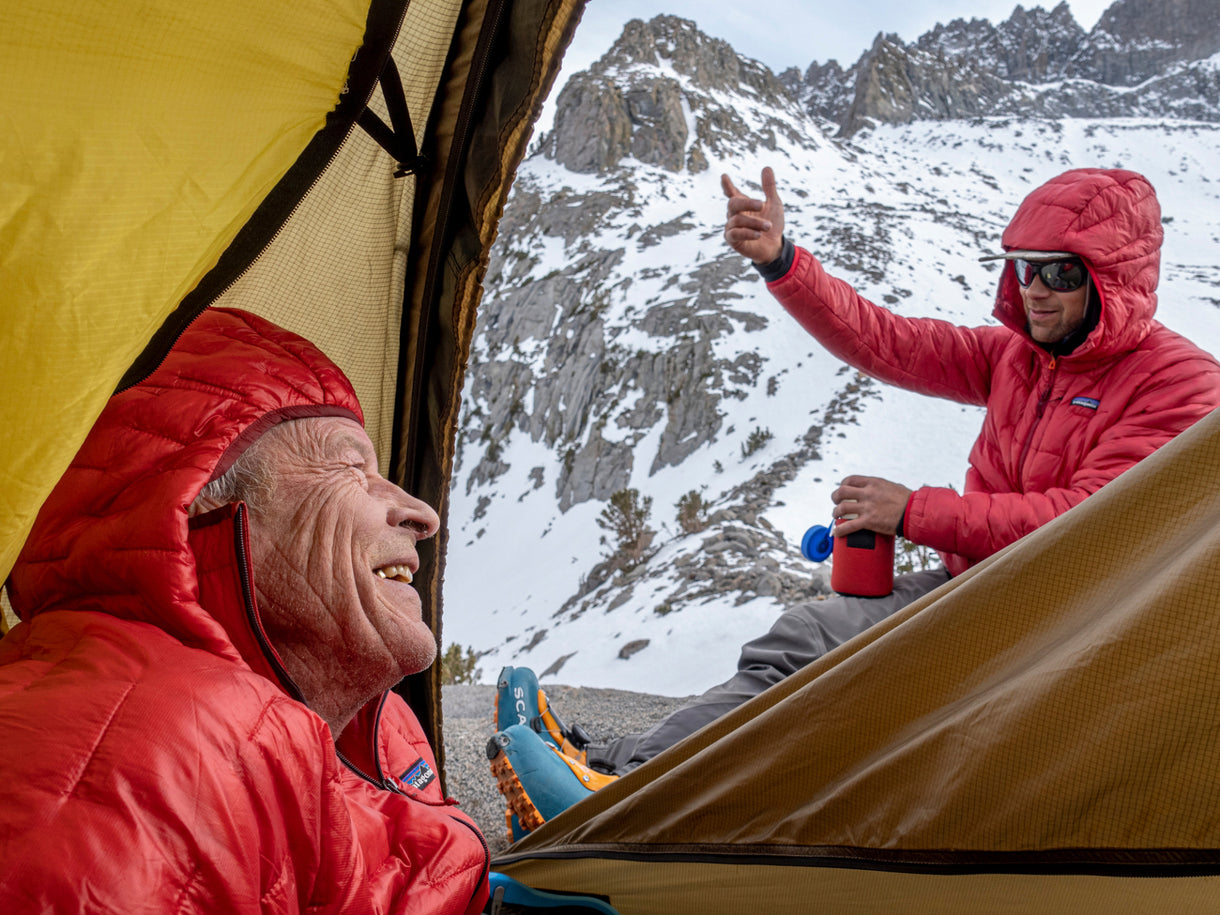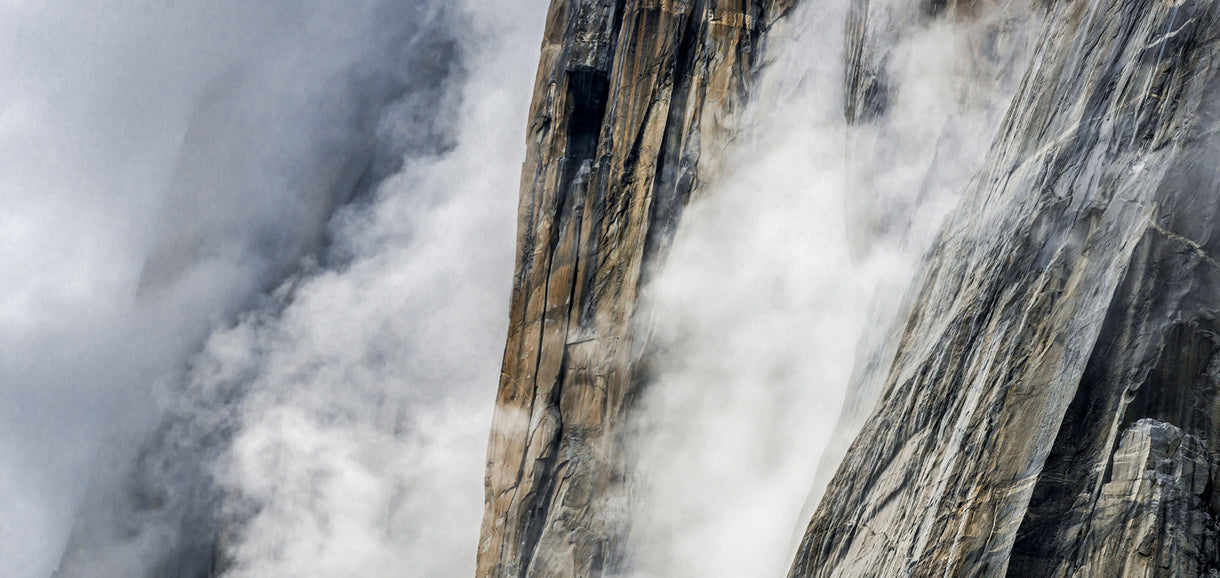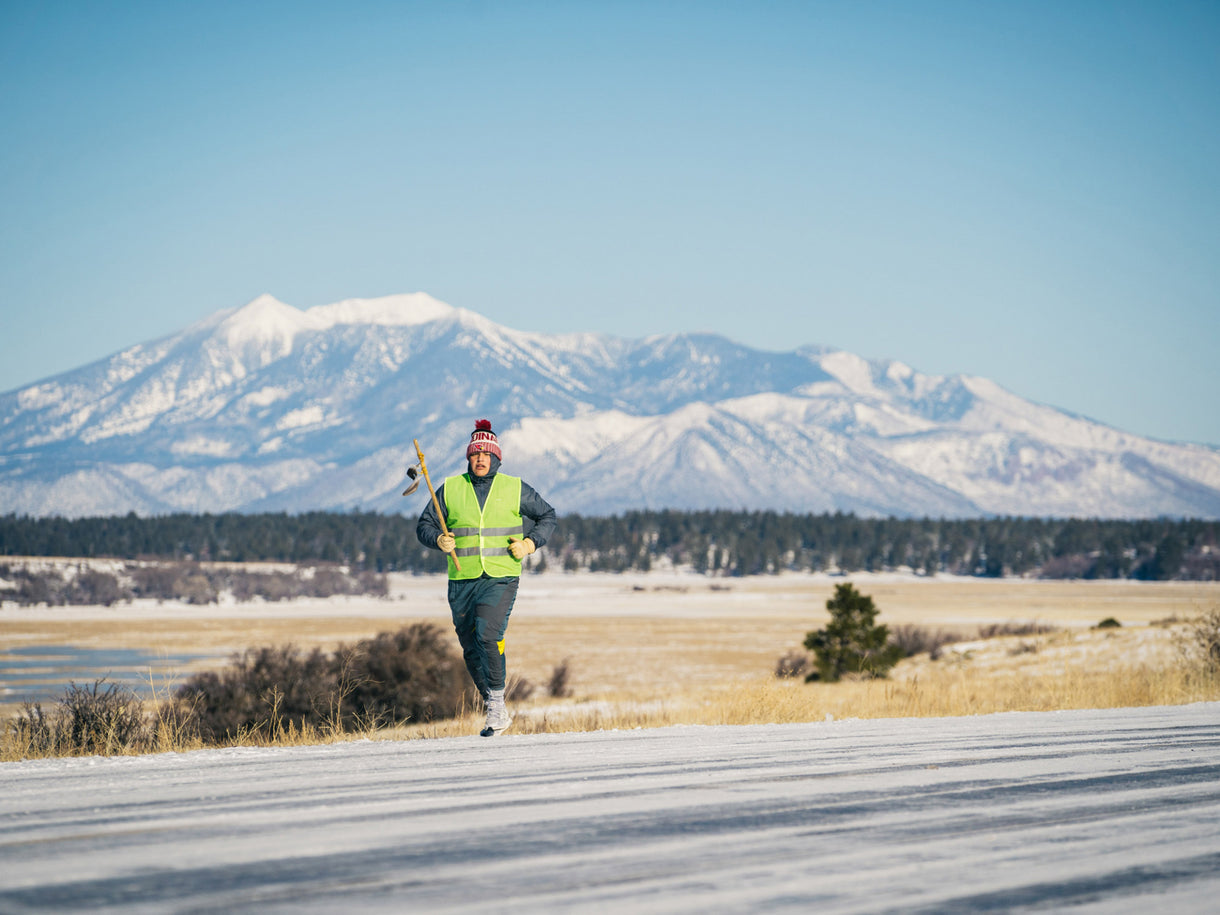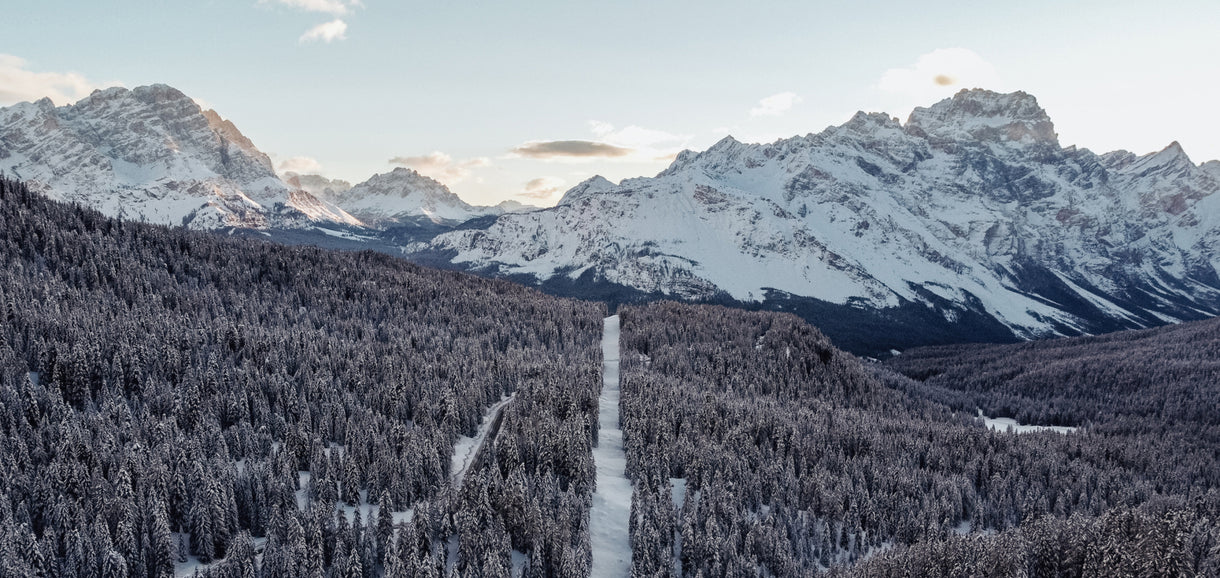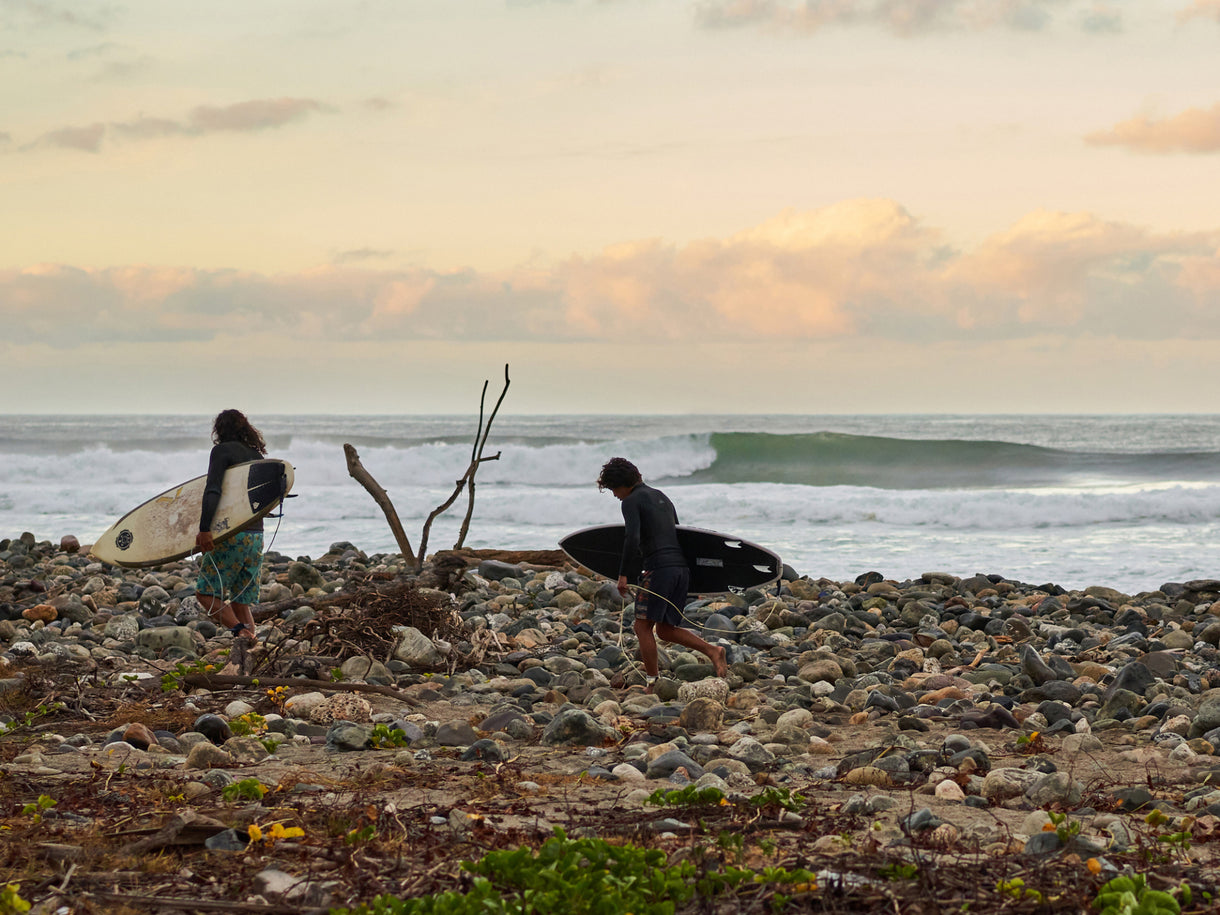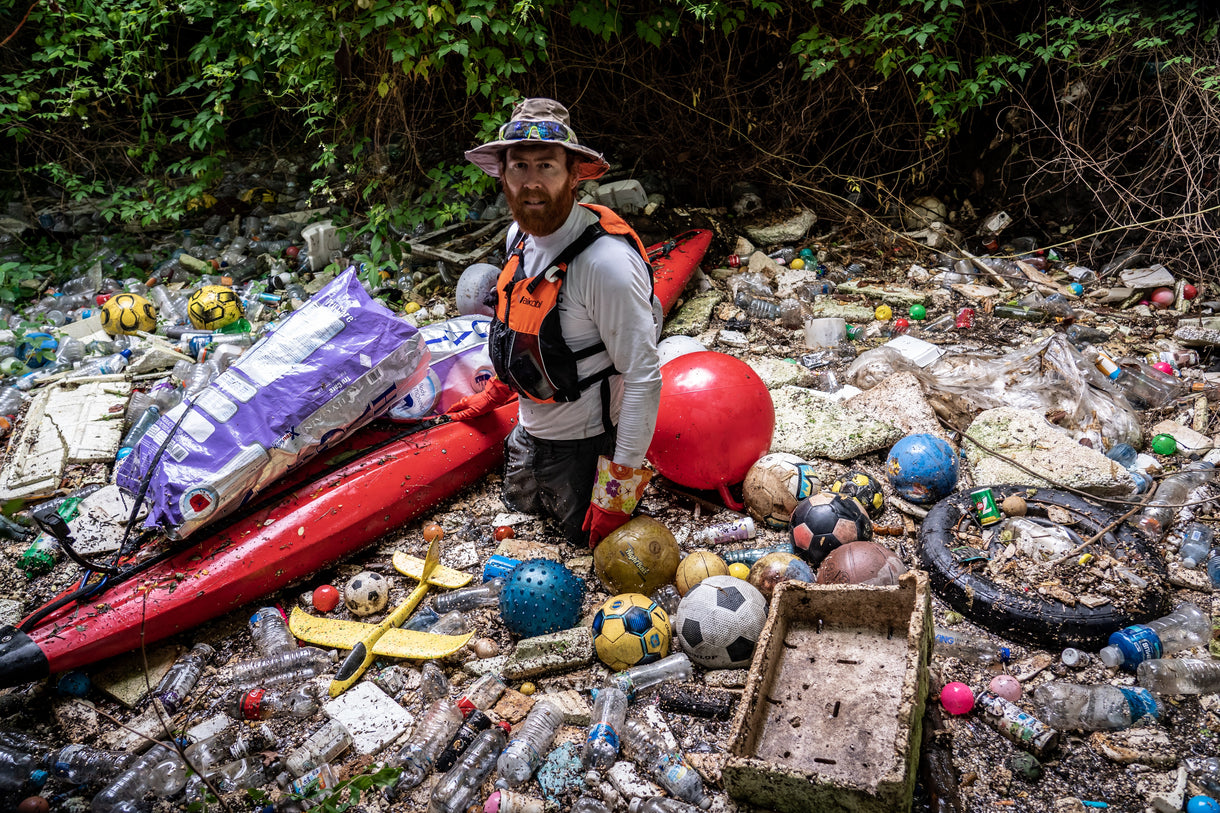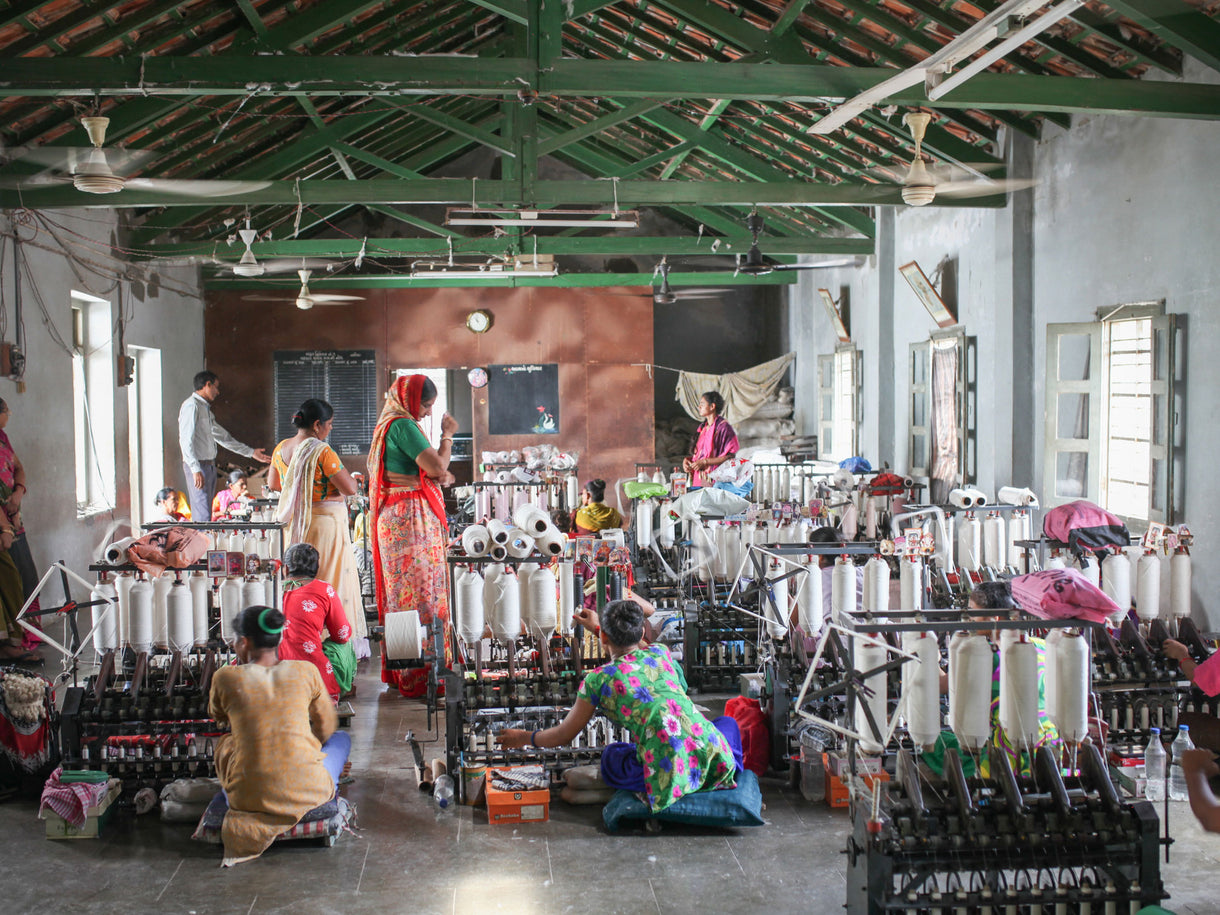Thirty-some people, ages 14 to 84, stand in front of their computers, waving their arms like a windmill during a “climate calisthenics” exercise, as the facilitator described it. They move their bodies, some awkwardly, others with enthusiasm, and look at the grid of people stacked on top of each other on the screen to see how others are doing it. One man in a red shirt waves each arm independently on each side so fast I worry about him dislocating his shoulders. A teenager in a room lit only by some disco lights has a different method: He draws circles above his head with both arms moving in unison, kind of like an inflatable puppet version of a windmill. After enough waving, everyone stretches their arms out, in a gesture of welcoming others to the climate movement.
This warm-up was part of day two of Sunrise School, an initiative started by the Sunrise Movement to build the skills and power needed to confront the crises we currently face: COVID-19 and climate change. As the first stay-at-home orders unfolded across the world, the news became overwhelming, and I didn’t know what to focus on among the rising number of deaths due to COVID-19, millions of people losing their jobs (and health insurance), and the corporate bailouts that seemed to cater directly to the fossil fuel industry. I had so many questions: What could I do? Where should I focus my attention? What are others doing? Will people still care about climate change? So when I learned about Sunrise School, I joined hoping I’d find answers, at least about what others were doing. I also found levity, community and new energy to act.
During school, I spent one hour each evening for four days talking to people who shared my concerns and who were deeply committed to building a better future for all. We listened to music at the start of each class (“How Soon Is Now?” by The Smiths was playing one day as we waited for others to join the call). We discussed the need to go beyond party lines. We practiced making phone calls to invite friends into the climate movement. We learned how to answer critics who say strong climate plans like the Green New Deal cost too much (really, the devastation from climate change will cost us considerably more), and shared personal stories about how the climate crisis has impacted each of us. At the end, we drew graduation hats on pieces of paper, placed them each on our heads and then threw them in the air in unison to the beat of “Celebration” by Kool & the Gang.
“Taking action, no matter how small, has never been more crucial.”
I still had some questions by the end, and added some new ones, but what was clear was that we need to act, even as the pandemic continues, because the Trump administration is not taking a break from dismantling critical environmental protections. Greed and lawlessness drive this harmful agenda, my fellow classmates agreed, and while we tried to think of things to do right now, we educated each other on disaster capitalism and the shock doctrine, on a just recovery and a People’s Bailout.
Right now, there are dozens of examples of how the Trump administration is using the coronavirus crisis as an excuse to block public input and to pursue an agenda that degrades our environment and deepens the climate crisis. (Drilled News has put together a comprehensive list of all the environmental rollbacks the administration is pursuing, which you can read here.)
It might seem like there isn’t much you can do, but there is, even as you stay home to flatten the curve. Taking action, no matter how small, has never been more crucial.
For those of you who can, we compiled a list of things you can do that require only an internet connection and some of your time. There is more than enough to worry about now, sure, but activism isn’t just about confronting bad news. Activism is about love and hope for a better world. This activism can give us all something to hold on to right now. It may even offer you the community you’re missing.
Answer With Action in Australia
- Watch Kelly O’Shanassy (CEO, Australian Conservation Foundation) chat with Emma Herd (CEO, the Investor Group) and tackle the question: “How can climate action drive Australia’s recovery from the coronavirus pandemic?”
- Sign 350.org's petition to fight for a #JustRecovery and transition towards a better future for our communities and our planet.
- Join #ViralKindness, a movement of community groups that support their neighbours in need during this crisis. The future of Australia and our environment depends on our ability to move forward as strong, connected communities. So, start or join a local group and find ways that you can offer assistance or a helping hand to those in need during this time.
- Download The Climate Council’s conversation guide on how to talk about climate change and weather.
- As environmental standards are gutted, the work of monitoring and reporting pollution offenses often falls on local communities. If you are able to, consider making a donation to a grassroots environmental group in your area.
Banner image – Volunteers Georg and George provide radio support to members of The Buffalo Field Campaign who monitor the movement of Buffalo near West Yellowstone. Throughout the coronavirus public health crisis, the Trump administration continues to rollback environmental laws designed to protect the public's health, and open up public lands to industry. Photo: Aubrey Trinnaman.

